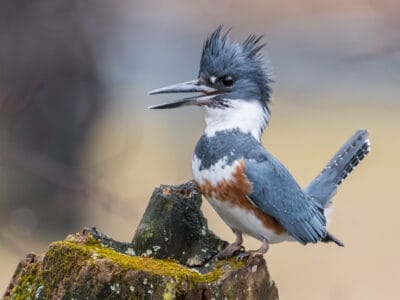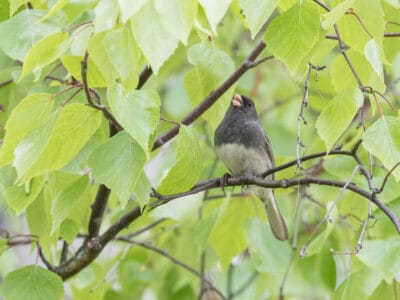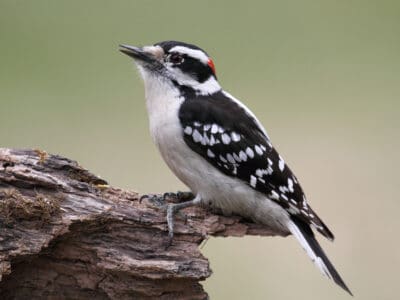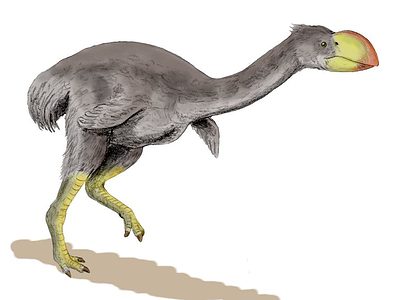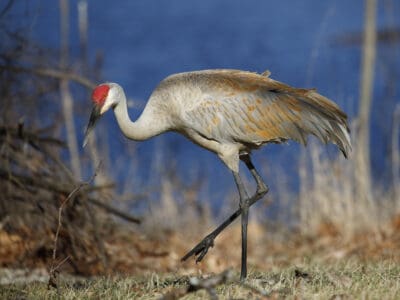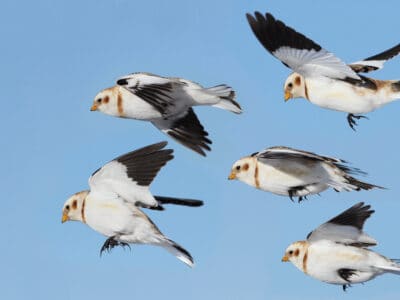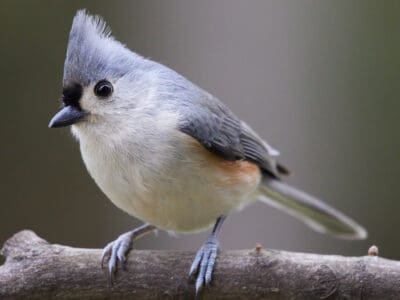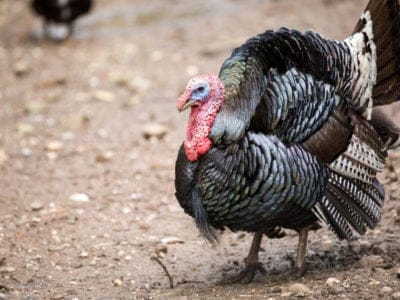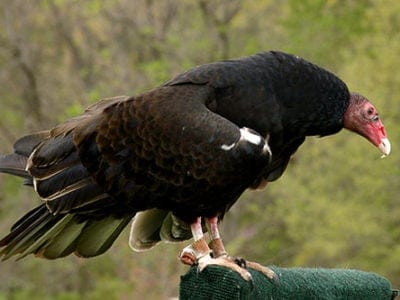Birds, members of the class Aves, include more than 10,400 living bird species – more than half being passerine, or “perching” birds. Their feathers distinguish them from all other classes of animal; no other animals on earth have them.
Beautiful to behold and charming to watch, there are many different types of birds that are often kept as pets by humans, and are the subject of many a story or photograph. Birdwatchers number in the millions while bird feeding is a multi-million dollar industry made possible by human beings’ love of our feathered friends.
If you see an animal with feathers, it’s undoubtedly a bird. Like mammals, birds are warm-blooded vertebrates with four-chambered hearts. However, birds are more closely related to reptiles and are believed to have evolved from dinosaurs. Their closest living relatives are the crocodilians.
Their forelimbs have been modified into wings over many millions of years of evolution, they lay hard-shelled eggs and they have exceptional vision – the most acute of their senses. Most types of bird species are diurnal, meaning they sleep at night.
Different types of birds may display different behaviors, though in general, birds are social creatures, communicating with songs, calls, chirps and movements. Some birds participate in cooperative hunting and travel in flocks. Many birds are monogamous – mostly for a breeding season but sometimes for life.
Most birds can fly, but flightless bird species exist.

The deep green common magpie is a carnivore who eats anything it can get its beak on, including dead animals and bird eggs.
©sittitap/Shutterstock.com
Five Top Bird Characteristics
Certain identifying characteristics distinguish different types of birds from other classes of animals. Five especially important distinguishing characteristics of birds include:
Feathers
All birds species have feathers, which are actually highly evolved scales. In fact, birds have scales on their feet – the clearest reminder of their close relation to reptiles. As noted above, feathers are not found on any other class of animal. Like nails and hair on humans, feathers are made out of keratin. They serve a number of purposes, from providing warmth to assisting in the ability to fly. Most species of birds shed, or molt, their feathers one or two times per year. Contour feathers help birds to fly effectively and create a streamlined body shape. Soft, fluffy feathers provide warmth. Flight feathers, found on the wings and tail, provide loft. Male birds also often use their feathers to attract mates.
Wings
Wings are a primary characteristic of birds, but they are found on other types of animals too. For example, bats are flying mammals with wings, and many types of insects have wings. Strong muscles in the chest help to propel wings, allowing for flight. Bird bodies are curved specifically to give lift to the wings. Different wing shapes provide different advantages, depending on species. For example, wings that have sharp, narrow tips allow for greater speed. Wings that are longer than they are wide make it easier for birds to soar for extended periods of time. Elliptical, evenly shaped wings, which are most notably found on songbirds, allow for small, quick movement. Different types of birds are capable of swimming, like penguins and puffins, having wings that are shaped like flippers.
Beaks
All bird species have beaks, or bills – bony concentrations that are surrounded by layers of keratin. The shape of a bird’s beak provides strong clues about its dietary habits. Although some species of birds have tumia, sharp ridges along the edges of their beaks, none possess true teeth. Therefore, the beak plays a crucial role in feeding. Birds that primarily subsist off of seeds, for example, tend to have strong, cone-shaped beaks. Ducks, geese and other types of waterfowl have broad, flat beaks that are designed to help them strain food from water. Meat-eating birds like owls and hawks have sharp, hooked beaks that they use to grind, tear and rip their prey to shreds.
Eggs
Egg laying is another characteristic that is common to all birds, or members of the Aves class. However, it is not unique to this class of animals, as reptiles, fish, amphibians and insects also all lay eggs. Birds’ eggs have hard shells that are mostly made out of calcium; a layer of hardened mucus helps to keep them intact. Within an egg, the embryo gets its nutrition from the yolk and the egg white, which is known as albumin. The vast majority of bird species build nests for their eggs and proceed to care for the hatchlings until they are capable of fending for themselves. In most species, both males and females play important roles in caring for the young.
Nearly all species of birds incubate their eggs. Exceptions include megapodes, or mound builders, which rely on external heat sources like decaying vegetation, and brood parasites. The latter, including cuckoos and cowbirds, prefer to lay their eggs in other birds’ nests. Some birds, like murres and certain penguin species, don’t use nests at all, choosing instead to rest eggs on the tops of their feet during incubation. Incubation periods range from 11 to 80 days depending on species.
A set of eggs that is laid at one time is called a clutch. Anywhere from one to 20 eggs or so may be found in a single clutch. Some birds engage in determinate laying, meaning that they lay the same number of eggs per clutch every time. Most birds engage in indeterminate laying, meaning that the number per clutch varies.

There are many different types of birds eggs’ sizes and colorations. Linnet’s lay light blue eggs with dark streaking and spots.
©Olga Alyonkina/Shutterstock.com
Skeleton
Flightless species of birds have heavy bones that are filled with marrow. Birds that are capable of flight – in other words, most birds – have lightweight skeletons made up of hollow bones. Their skeletons have many fused bones, including collarbones, which help them to brace their wings effectively during flight. Birds have large breastbones, or sternums, that provide sturdy points of attachment for muscles of the wings.
Notable Types of Birds
Today, there are more than 10,400 extant different types of bird species in the world. Across North America and South America, there are more than 4,400 species of the Aves class. Approximately 2,700 different species are found in Asia, and another 2,300 or so are found in Africa. More than 500 species are found in Europe west of the Ural Mountains, and more than 700 species are found in Russia. Costa Rica has one of the highest concentrations of bird species – roughly 800.
Some of the most notable types of birds include:
- Birds of Prey – This group is made up of more than 300 species of birds, including eagles, hawks, ospreys, falcons and vultures.
- Cranes – This group, which includes coots and rails, boasts more than 200 species.
- Game Birds – Perhaps the best-known type of bird, game birds include chickens, turkeys, quails and megapodes. There are approximately 250 species of game birds in the world.
- Herons and Storks – More than 100 species are found in this group, which includes egrets, spoonbills and ibises.
- Hummingbirds and Swifts – The smallest category of birds, this group includes more than 400 different species.
- Ostriches – The ostrich, the most famous flightless bird, is also the only species in its genus. It also holds the distinction of being among the largest birds.
- Owls – Another important type of bird is the owl. There are more than 200 species of owls across the world.
- Parrots and Cockatoos – This colorful group, which includes macaws, cockatiels and budgerigars, consists of more than 350 species. They are popularly kept as pets.
- Penguins – There are roughly 20 species of this flightless bird in the world.
- Perching Birds – Also known as passerines, this group includes more than 5,000 species, making it the largest and most diverse. Common types of perching birds include crows, swallows, jays, finches, sparrows, wrens, starlings and larks.
- Pigeons and Doves – This group includes more than 300 bird species. Pigeons are famous for ferrying messages for humans, and have been used in such a way since Roman times. They were also used during World War I and II and the Korean War.
- Shorebirds – More than 350 species are found in this group, including sandpipers, terns, oystercatchers and gulls.
- Waterfowl – Ducks, geese, swans and many other birds belong to this group, which includes more than 150 species.
- Woodpeckers and Toucans – Known for their distinctive beaks, this group is made up of more than 400 species.
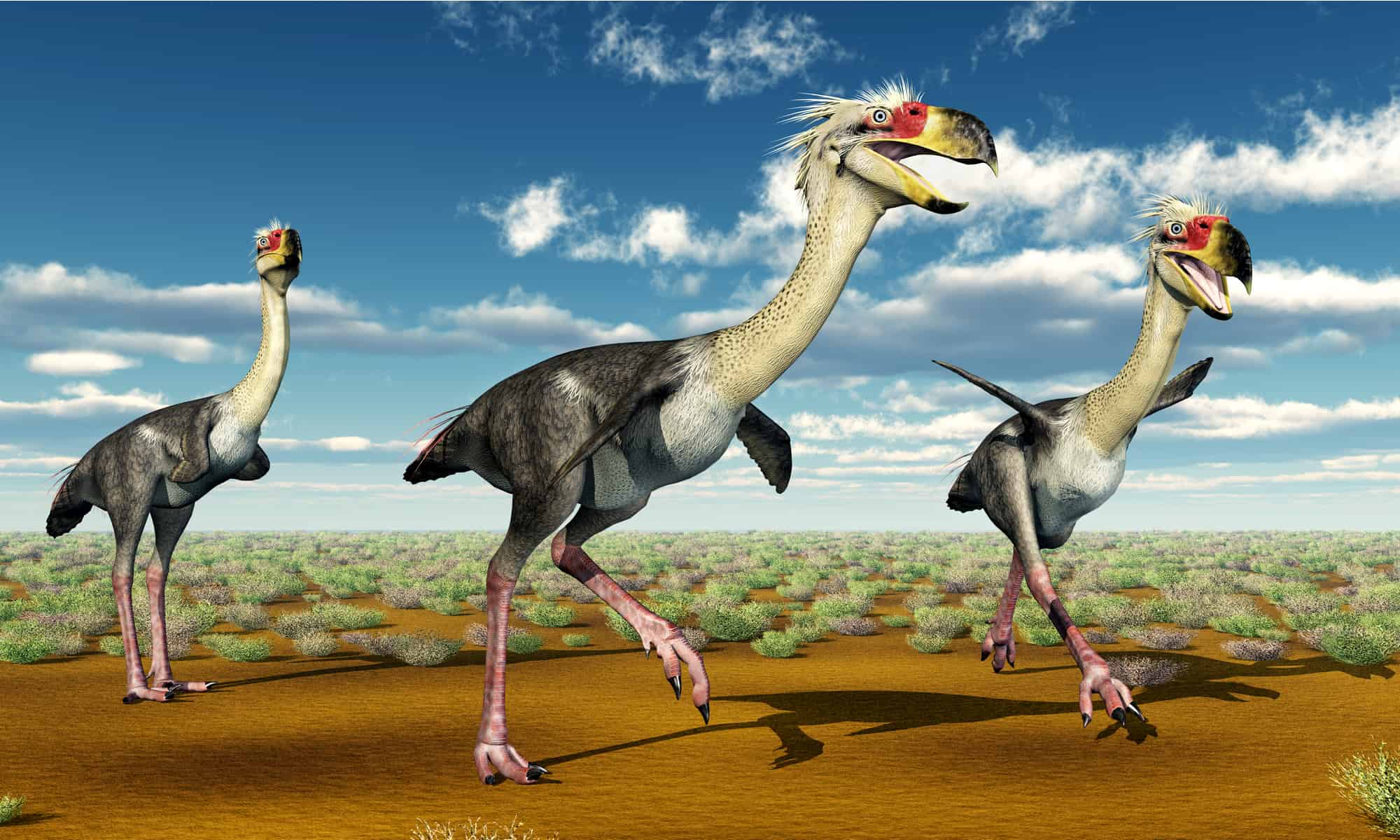
The theropod ancestor hypothesis states that birds evolved from theropod dinosaurs during the Jurassic period.
©Michael Rosskothen/Shutterstock.com
Evolution of Different Types of Birds
The evolution of birds has been a topic of much debate for many centuries. Today, the most commonly accepted theory, the theropod ancestor hypothesis, posits that birds evolved from theropod dinosaurs during the Jurassic period, which happened between 165 million and 150 million years ago.
Theropod dinosaurs were two-legged dinosaurs, and the T. Rex is included among their ranks.
The earliest known bird on the fossil record, archaeopteryx, was a hybrid between a bird and a dinosaur. It had feathered wings like a bird but also had sharp teeth and a long, bony tail like a dinosaur. This and other types of early birds diversified rapidly throughout the Jurassic and Cretaceous periods. They quickly became capable fliers and exhibited extremely rapid growth rapids.
However, their populations were decimated by the major extinction event that eliminated dinosaurs entirely. After that point, modern birds diversified at an explosive rate, and there are now more than 10,000 different species all across the world.
Types of Birds
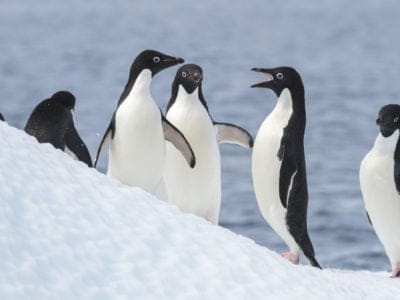
Adélie Penguin
Eats up to 2kg of food per day!
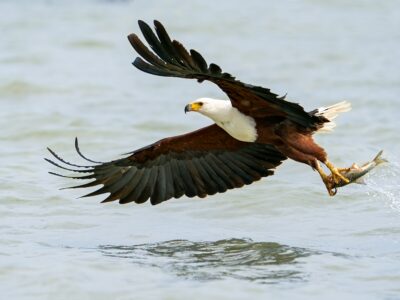
African Fish Eagle
African fish eagles belong to the genus of sea eagles

African Grey Parrot
When a grey parrot named Yosuke got lost, it was reunited with its owner after giving the owner's name and address.

African Jacana
The males raise the young

African Penguin
The only penguin species in Africa!
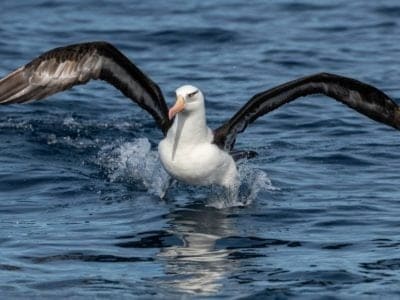
Albatross
The largest wingspan of any bird in the world!

Amazon Parrot
These parrots can be trained to be "talking birds" that mimic human speech
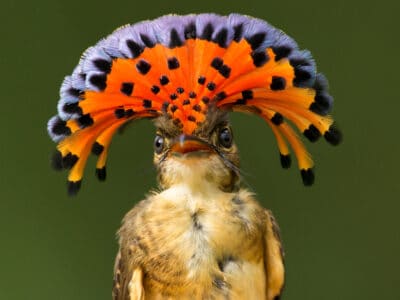
Amazonian Royal Flycatcher
They use their bright royal-looking crests during mating season
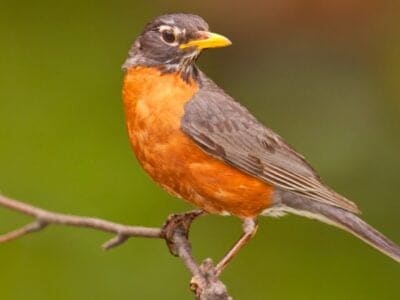
American Robin
The color “Robin egg blue” is named after the hue of their eggs.

Anhinga
Their name means snake bird
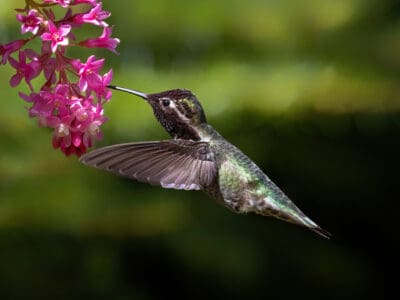
Anna’s Hummingbird
Anna's Hummingbird wings beat 40-50 times per second during normal flight
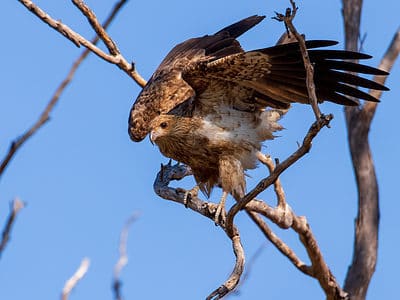
Australian Firehawk
Australian firehawks are the arsonists of the avian world!

Avocet
Has a curved, upturned beak!
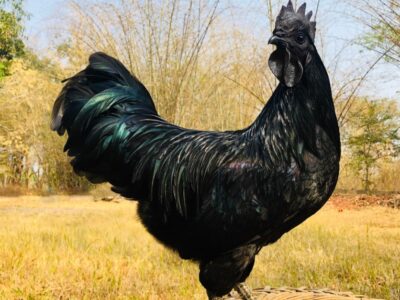
Ayam Cemani
They were used for sacrificial purposes
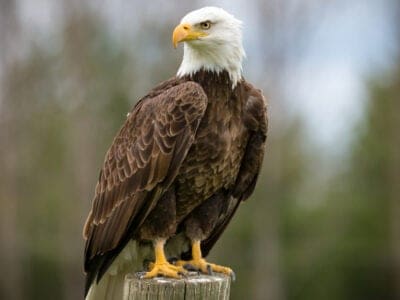
Bald Eagle
Bald eagles have 20/5 vision, which is much sharper than a human's

Barn Owl
Found everywhere around the world!

Barn Swallow
Older offspring help care for new hatchlings.
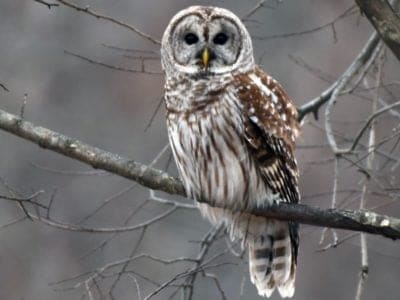
Barred Owl
Like other owls, the barred owl swallows its prey whole.
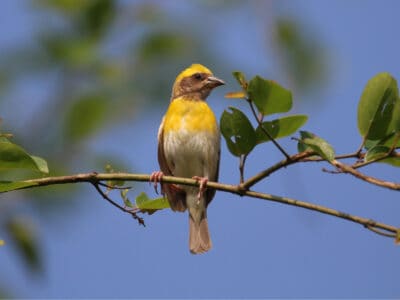
Baya
The baya constructs a massive nest out of plant fibers

Bearded Vulture
These birds eat a diet of bones
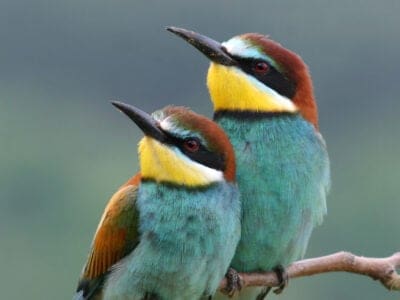
Bee-Eater
They roll around in dirt to prevent external parasites
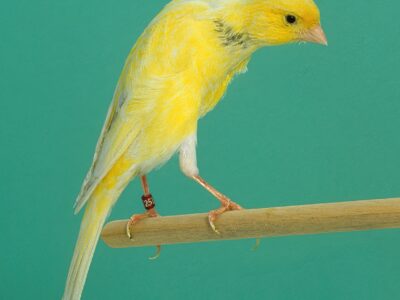
Belgian Canary
The Belgian canary is one of the oldest and most influential in its genus.

Bird
Not all birds are able to fly!
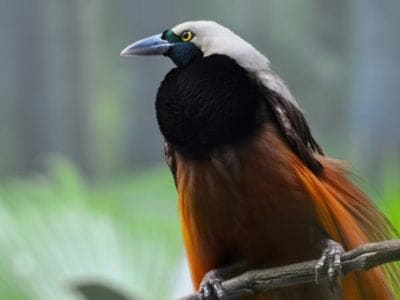
Bird Of Paradise
There are around 50 different species!
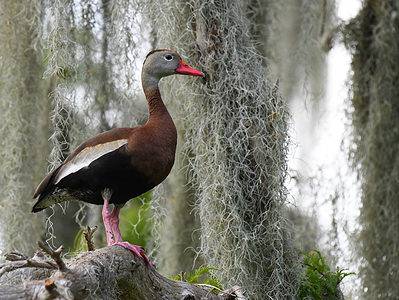
Black-Bellied Whistling Duck
They have bright pink bills.
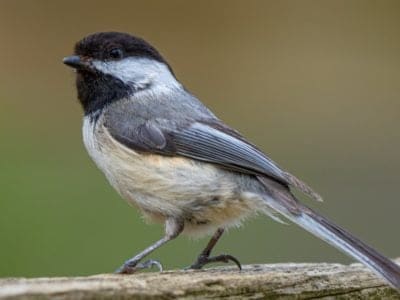
Black-Capped Chickadee
Black-capped chickadees weigh less than half an ounce!
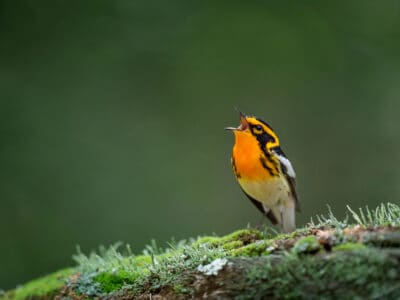
Blackburnian Warbler
They are the only songbird in North America with an orange throat!
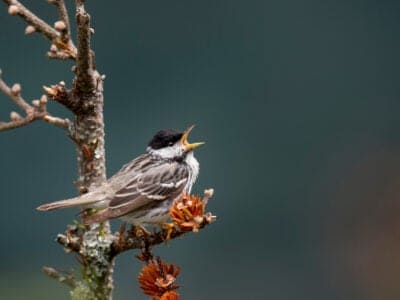
Blackpoll Warbler
They migrate for the longest distance of any warbler.
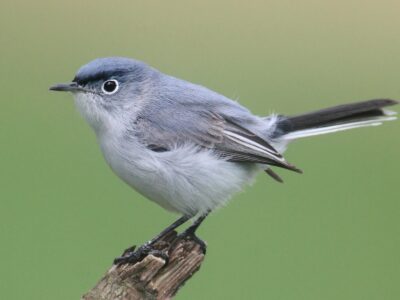
Blue Gray Gnatcatcher
Joy and happiness are the spiritual meaning of this bird.
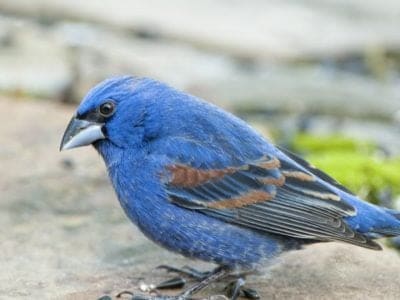
Blue grosbeak
Blue grosbeak parents take off the head, legs and wings of an insect before feeding it to their baby.
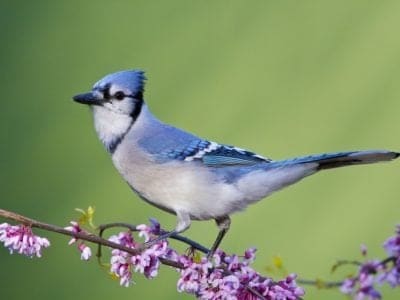
Blue Jay
Blue jays rub ants on their feather to remove harmful acids
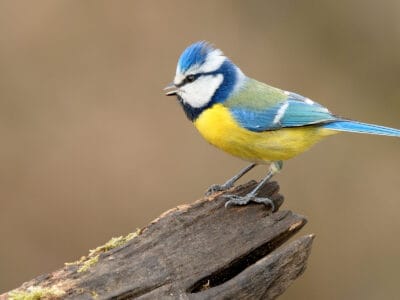
Blue Tit
The blue tit can hang upside down from branches
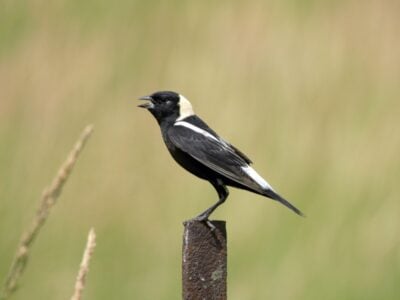
Bobolink
In spring, the male bobolink is the only North American bird who is dark below and light colored above. This makes identification easy.

Booby
Seabirds found across the South Pacific!
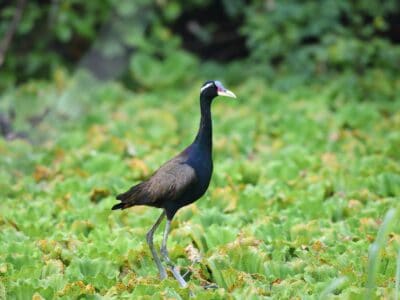
Bronze-winged Jacana
Fathers pick up their young and carry them under their wings
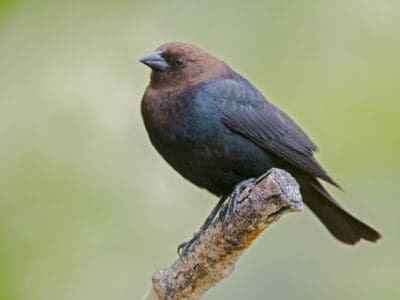
Brown Headed Cowbird
Males are generally monogamous during mating season and will protect the female from other males. However, females tend to venture from their partners and mate with other males.

Budgerigar
Natively found in Australia!

Burrowing Owl
The burrowing owl lives in underground burrows
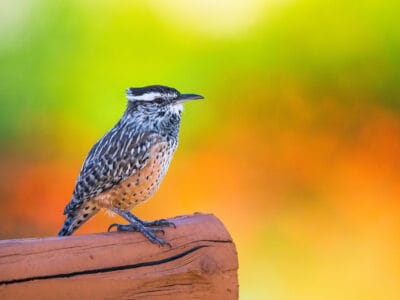
Cactus Wren
It is the largest wren in the United States

Canada Warbler
These birds travel more than 3,000 miles during migration!
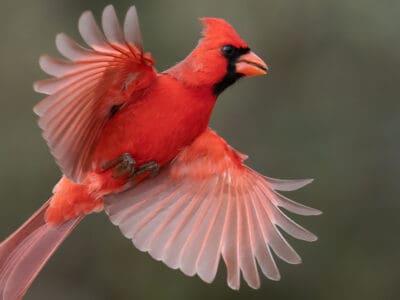
Cardinal
There are 14 genera and 53 species in the cardinal family
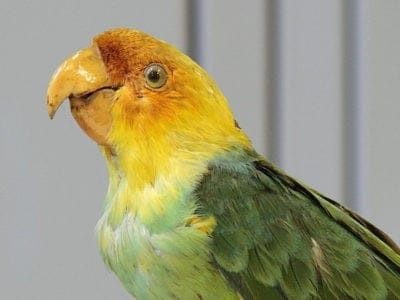
Carolina Parakeet
The Carolina parakeet is one of the few parrots that lived as far north as the United States
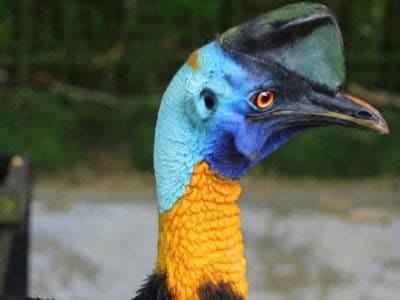
Cassowary
Can reach speeds of 30 mph!

Cedar Waxwing
Their feathers have red, waxy tips that can be hard to identify unless you’re up close.
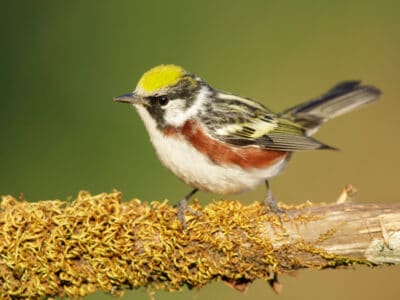
Chestnut-Sided Warbler
They inhabit regrowing forests

Chickadee
Chickadees are named for the sound they make: Chick-a-dee-dee-dee-dee-dee!

Chicken
First domesticated more than 10,000 years ago!
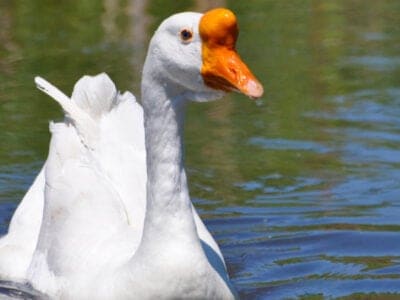
Chinese Geese
They are excellent “guard geese”

Chinstrap Penguin
There are 7 million breeding pairs!
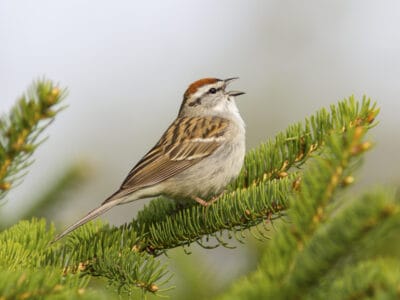
Chipping Sparrow
Gets its nickname "hair bird" due to the fact that it lines its nest with animal hair
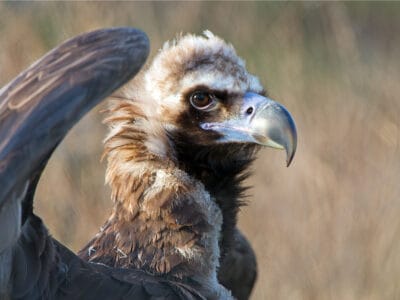
Cinereous Vulture
This vulture can fly at great heights. At least one was found a few thousand feet from the top of Mount Everest.
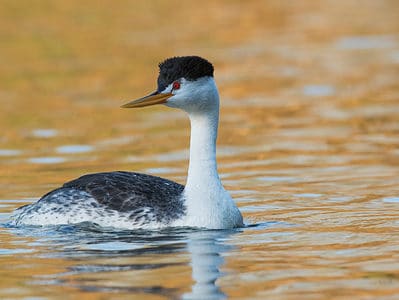
Clark’s Grebe
Clark's grebes use their bills to spear prey
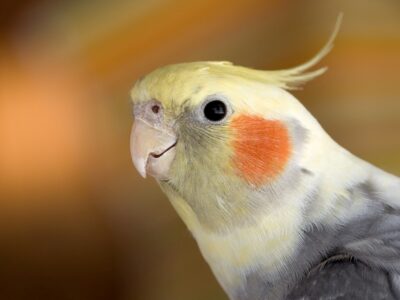
Cockatiel
They have crests that rise or fall depending on their emotions
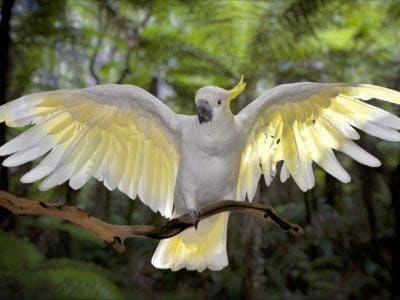
Cockatoo
Highly social, smart, and chatty bird.
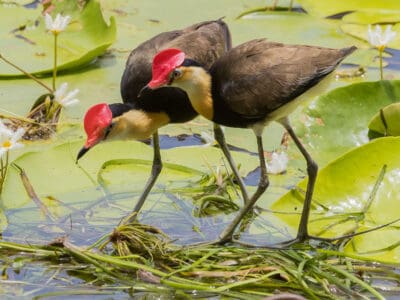
Comb-crested Jacana
They are busy foragers, always on the move

Common Buzzard
The most common raptor in the UK!
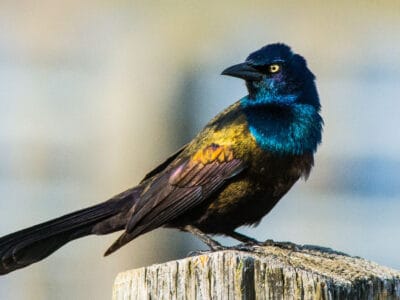
Common Grackle
Common grackles are a pest species that damage crops and spread disease.
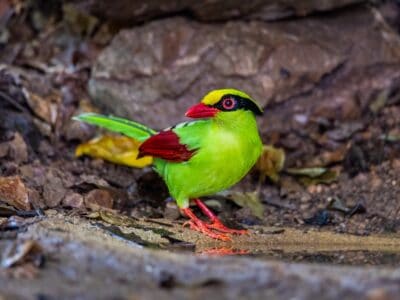
Common Green Magpie
Magpies are aggressive when threatened, often “dive-bombing” at intruders
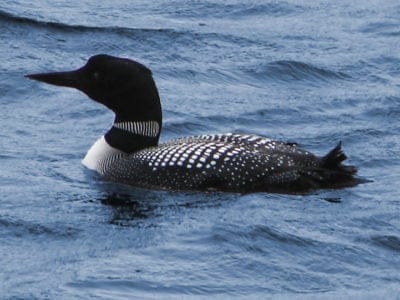
Common Loon
Also known as the Great Northern Diver

Common Raven
A group of ravens is called an unkindness or a conspiracy.

Common Yellowthroat
The Common Yellowthroat stays close to the ground and uses stealth to survive!
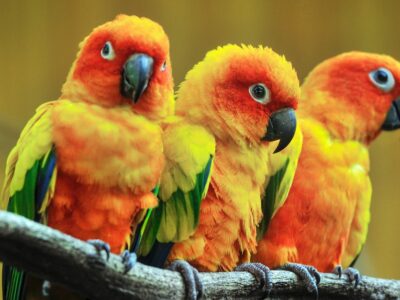
Conure
They are intelligent and noisy, often mimicking sounds and learning vocabulary.
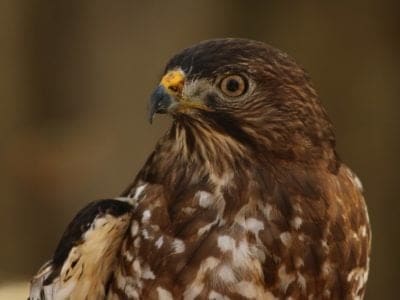
Cooper’s Hawk
Eyes change color as they age

Cormorant
They can fly 35 mph and dive 150 feet below water.

Costa’s Hummingbird
Costa's Hummingbird males have iridescent purple feathers on their heads and necks.

Crane
Many are critically endangered species!
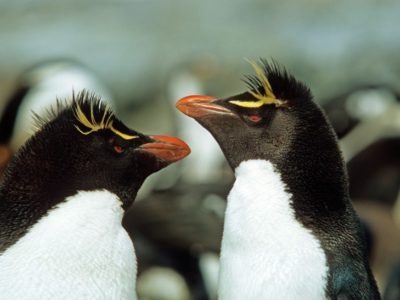
Crested Penguin
Has long yellow eyebrows!

Crow
A group of these birds is called a Murder.
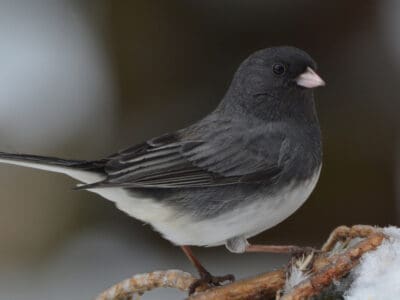
Dark-Eyed Junco
They are called snowbirds because many subspecies reappear in the winter.
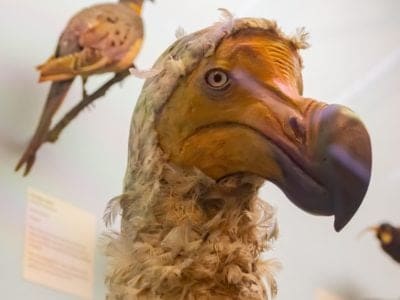
Dodo
Native to the island of Mauritius!

Duck
Rows of tiny plates line their teeth!
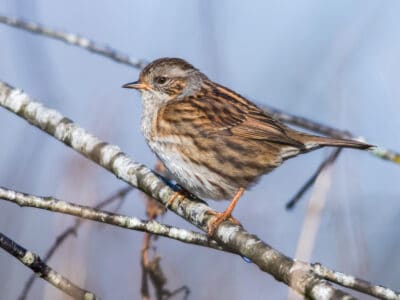
Dunnock
Both male and female dunnocks can have multiple mates every breeding season

Eagle
Has exceptional eyesight!
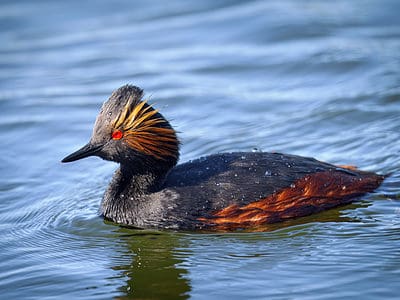
Eared Grebe
The most populous grebe in the world

Eastern Bluebird
Bluebirds drop straight down on their prey from their perch, much like leopards.

Eastern Kingbird
The eastern kingbird is a fierce fighter once known as the butcher king!

Eastern Meadowlark
They can live up to 9 years.
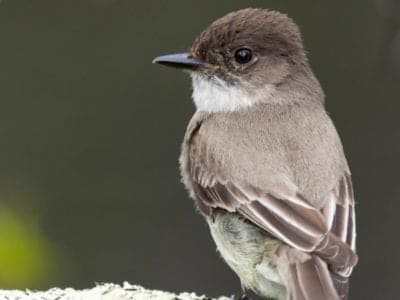
Eastern Phoebe
This passerine bird can sing its song without ever hearing another bird vocalize first.

Eastern Turkey (Wild Turkey)
You can hear their gobbles up to a mile away!

Eclectus Parrot
Does not squawk like other parrot species.
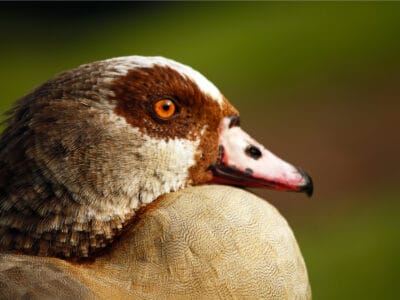
Egyptian Goose
A duck species that resembles a goose when flying
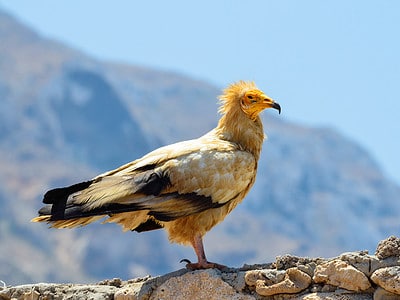
Egyptian Vulture
They steal large ostrich eggs and use rocks and pebbles to crack the shells.
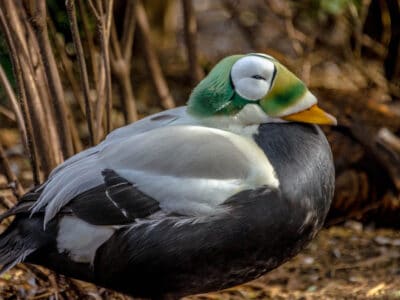
Eider
Eiders are sexually dimorphic, with males being larger and more colorful.
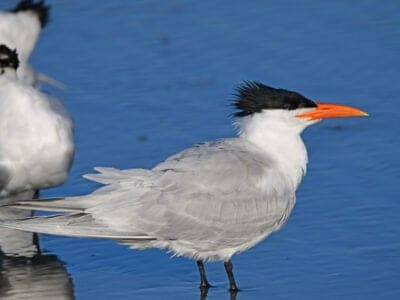
Elegant Tern
Have a lifespan of 20 years or more
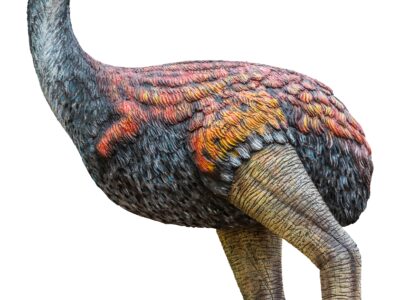
Elephant Bird
Vorombe titan, a type of elephant bird, is the largest bird that ever lived

Elf Owl
The elf owl is the smallest and lightest owl in the world

Emerald Toucanet
Emerald Toucanets spend their lives high in the canopy of tall forests, almost never coming to the ground!
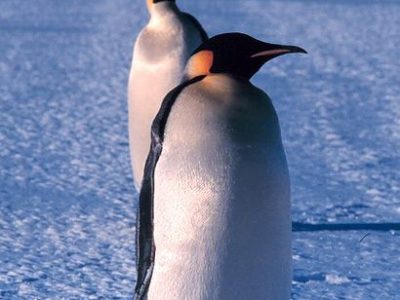
Emperor Penguin
The world's largest species of penguin!

Emu
The largest bird in Australia!
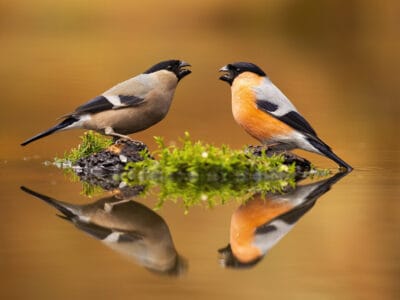
Eurasian Bullfinch
The shy eurasian bullfinch prefers to forage very close to cover.

Eurasian Collared Dove
The Eurasian collared dove has been extensively studied due to its amazing ability to rapidly colonize new territories.

Eurasian Eagle-owl
The Eurasian Eagle-owl is the second largest owl in the world with a wingspan up to six feet!
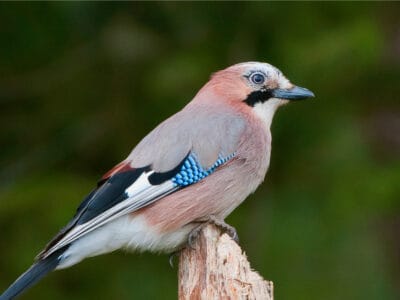
Eurasian Jay
The Eurasian jay has the ability to mimic other sounds
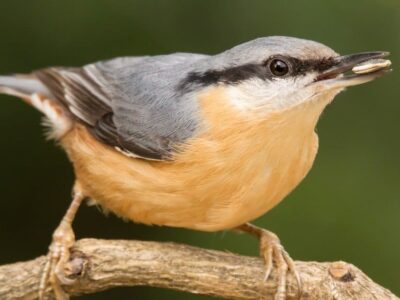
Eurasian Nuthatch
Its song has been compared to a toy horn.
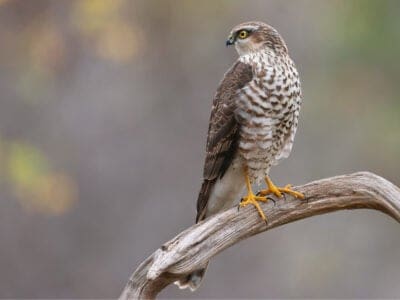
Eurasian Sparrowhawk
Females are typically 25% larger than males.

European Bee-Eater
They can eat up to 250 bees per day!
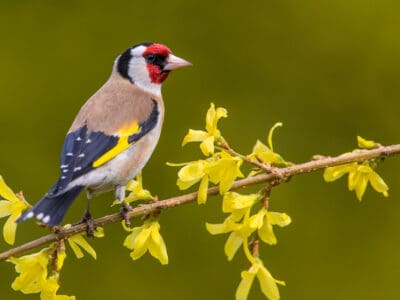
European Goldfinch
They are frequent visitors to backyard feeders, especially those containing niger seeds.

European Robin
Male robins are so aggressive and territorial that they will attack their own reflections.
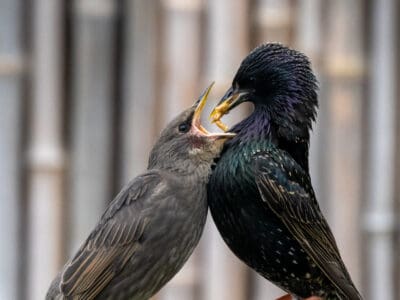
European Starling
European starlings are accomplished mimics, often copying songs or sounds of other birds and animals (frog calls, goats, cats), or even mechanical sounds and human speech!

Evening Grosbeak
They are friendly and non-aggressive to those in their species.

Fairy-Wren
They forage in groups

Falcon
The fastest creatures on the planet!

Ferruginous Hawk
The ferruginous hawk comes in both light and dark morphs

Finch
Finches have strong, conical bills that help them break open tough seeds that many other birds cannot.
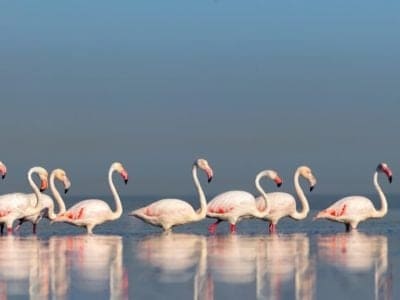
Flamingo
Sleeps on just one leg!
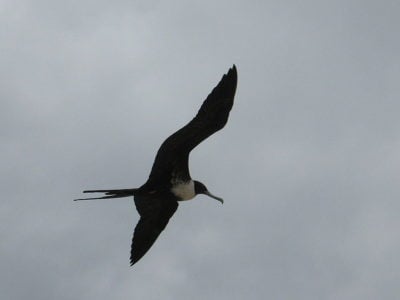
Frigatebird
Found inhabiting tropical islands and coasts!

Galapagos Penguin
Found around the Equator!
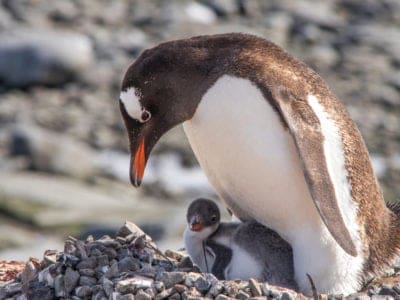
Gentoo Penguin
Found throughout the sub-Antarctic!

Goldcrest
The goldcrest never starts moving and needs to consume for most of the day to survive. Therefore, in the colder months, it's best that eat 90% a day.
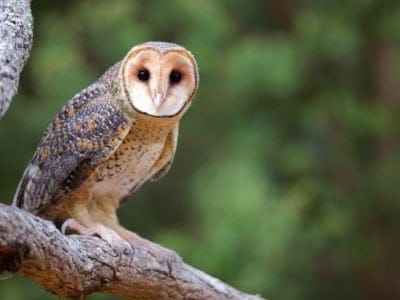
Golden Masked Owl
While flying high above this owl can hear a mouse moving in the tall grass of field!

Golden Oriole
Migrates between Europe and Asia!
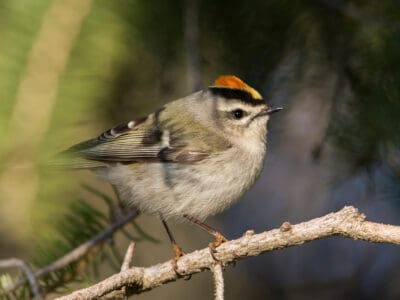
Golden-Crowned Kinglet
They huddle together for warmth

Goose
There are 29 different species!
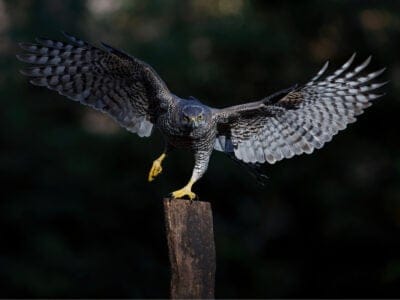
Goshawk
The goshawk is a popular choice among European falconers

Gouldian Finch
The male Gouldian finch bobs its head and fluffs its feathers to court a female.
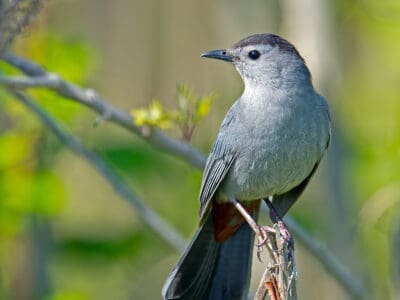
Gray Catbird
Their songs have cat-like qualities and can mimic other birds and animals, like tree frogs.
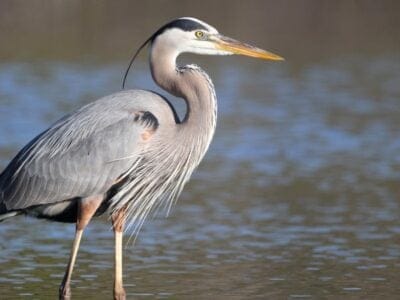
Great Blue Heron
Their wingspan is larger than an eagle’s; both males and females help hatch the eggs; rich in symbolism
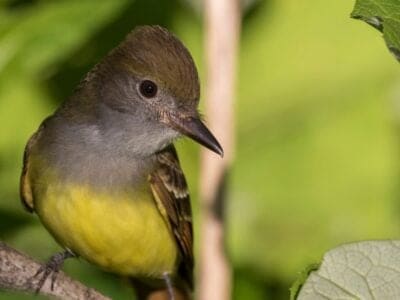
Great Crested Flycatcher
This species makes use of some truly unusual nesting material, including snakeskin and garbage

Great Egret
The male egret performs an elaborate courtship display to attract a mate

Great Kiskadee
The great kiskadee is a highly adaptable predator that can live in almost any habitat within its range and can hunt in the air, on the ground and in the water.
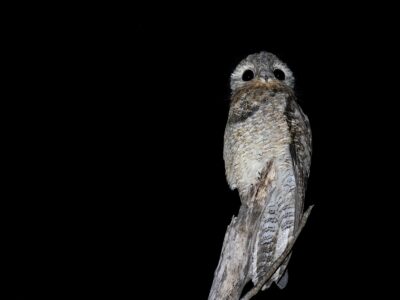
Great Potoo Bird
At night, they make a terrifying low call that sounds like a distressed moan or growl.
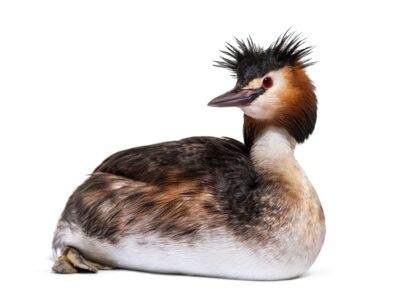
Grebe
They swim like frogs

Green Bee-Eater
Mainly eats honeybees!

Green Heron
Uses bait to catch prey

Grey Heron
Male grey herons are picky about their mates. They'll reject a female that they don't fancy.
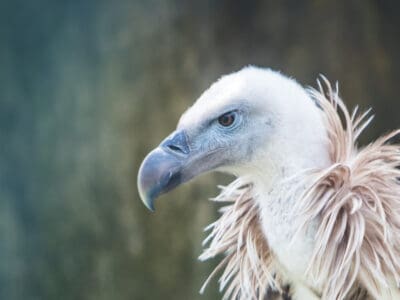
Griffon Vulture
Can spot a dead animal from thousands of feet away

Grouse
Feathered legs and toes!
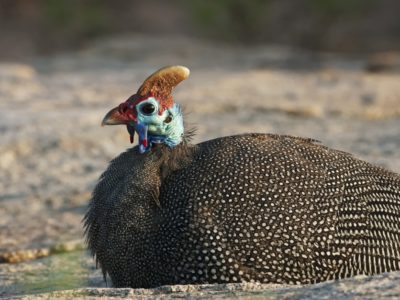
Guinea Fowl
Found in a vairety of African habitats!
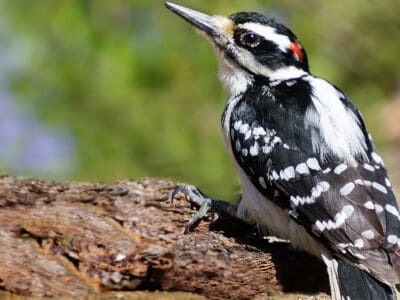
Hairy Woodpecker
They are natural pest controls
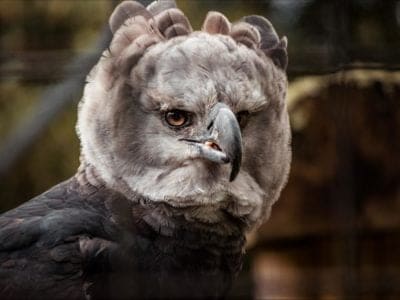
Harpy Eagle
Talon's the size of a grizzly bear's claws!

Harris’s Hawk
Their vision is eight times better than a human's
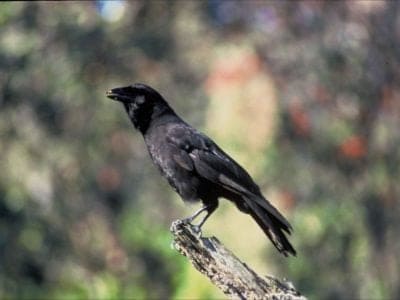
Hawaiian Crow
Once believed to be a family guardian spirit in Hawaii
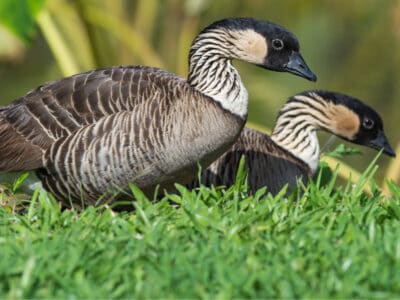
Hawaiian Goose (Nene)
They have the longest breeding season of any goose.
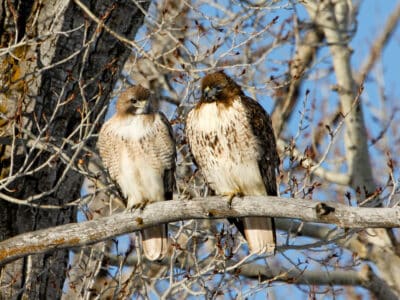
Hawk
While the Ferruginous hawk is the largest specie in the USA, Asia’s Upland buzzard is the biggest overall.
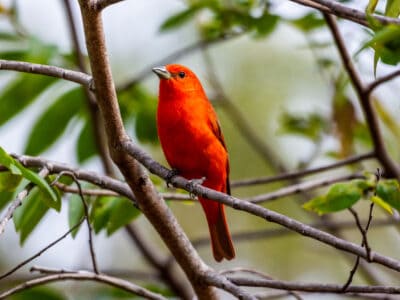
Hepatic Tanager (Red Tanager)
Parents and their young sing sweetly to each other

Heron
Inhabits wetlands around the world!
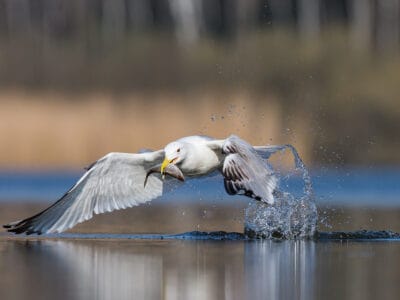
Herring Gull
They are loud, spirited birds with raucous cries that sound like bursts of laughter.
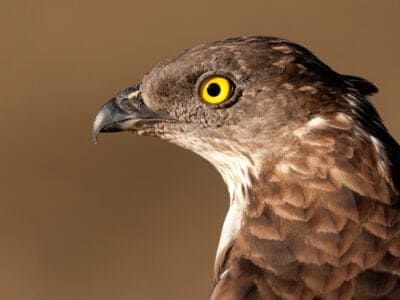
Honey Buzzard
Honey buzzards are medium-sized raptors that earned their names by raiding the nests of bees and wasps.

Hooded Oriole
Hooded orioles have a strong sweet tooth that makes nectar and jelly among its favorite foods.

Hoopoe
Stunning bird with a stinky way to deter predators!
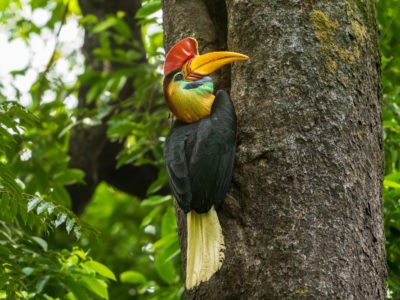
Hornbill
The bird has a massive horn on its bill!
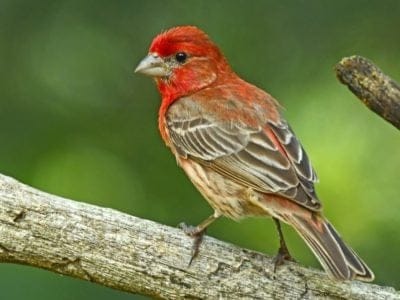
House Finch
The house finch can become redder depending on what it eats

House Sparrow (English Sparrow)
The house sparrow has been introduced all over the world
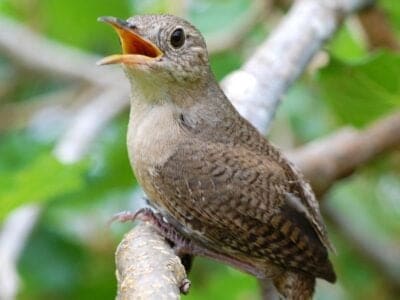
House wren
The wren’s epithet, aedon, comes from a Greek queen who accidentally killed her only son. She was actually aiming for her nephew, and Zeus took pity on her and turned her into a nightingale.
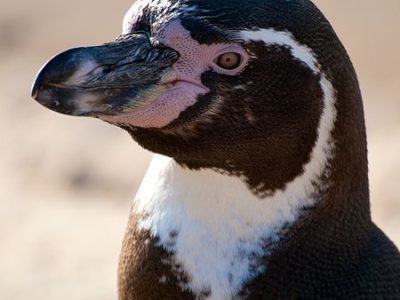
Humboldt Penguin
Found on the South American coast!

Hummingbird
Beat their wings up to 80 times per second!

Hyacinth Macaw
The Hyacinth Macaw is the largest flying parrot in the world!

Ibis
Found in swamps, marshes and wetlands!
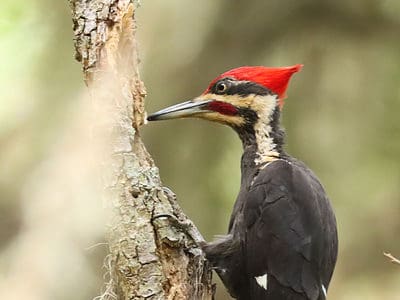
Ivory-billed woodpecker
The ivory-billed woodpecker can drill into wood with its sharp beak
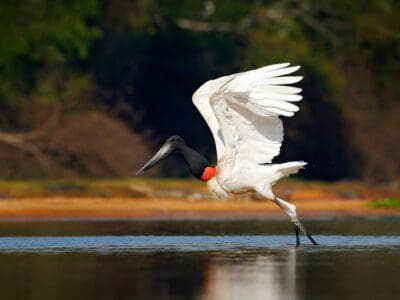
Jabiru
They form lifelong pair bonds and live in groups near water sources.

Jacana
The jacana has the ability to swim underwater

Jackdaw
The jackdaw tends to mate for life with a single partner

Junglefowl
The term "pecking order" comes from junglefowls' hierarchies among both sexes
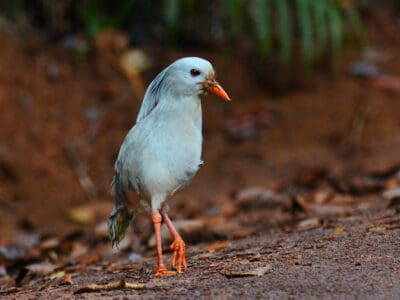
Kagu
The endangered kagu is the only bird in the world with nasal corns!
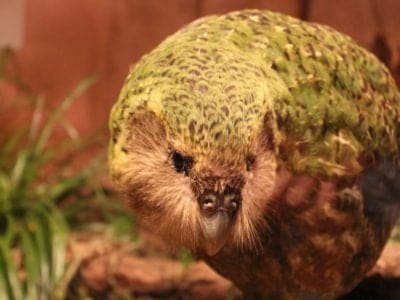
Kakapo
The heaviest species of parrot in the world!

Kaua’i ‘Ō‘ō
Calls could be heard up to a quarter mile away
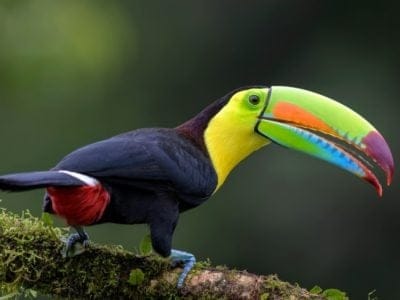
Keel-Billed Toucan
It's beak can reach nearly 20 cm long!

Kentucky Warbler
The Kentucky Warbler appears to wear bright yellow cat-eye glasses!
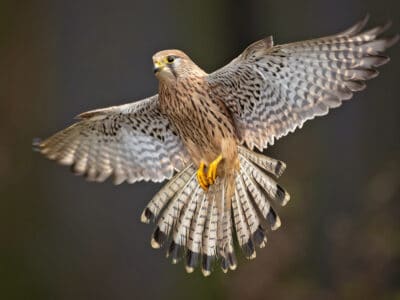
Kestrel
Can hang suspended on wind currents

Killdeer
The killdeer feigns injury to draw a predator away from its nest.

King Penguin
More than 2 million breeding pairs!
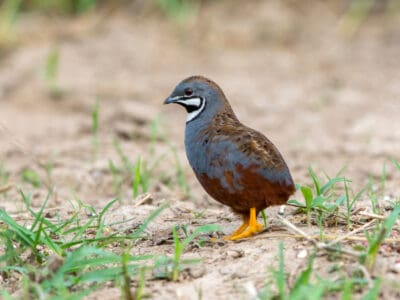
King Quail
Females look similar to males but don’t come in shades of blue
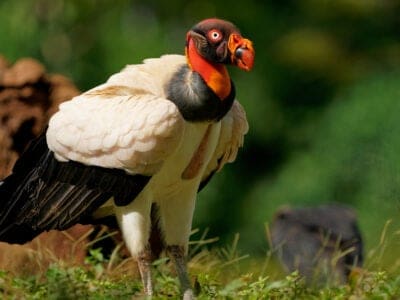
King Vulture
The king vulture is the second largest New World vulture species

Kingfisher
Inhabits wetlands and woodlands worldwide!
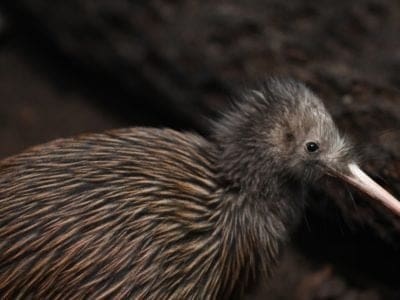
Kiwi
Only found in the forests of New Zealand!
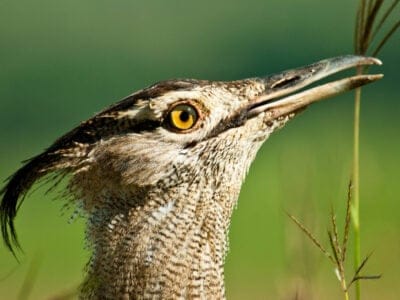
Kori Bustard
It's easily identified by its crest, large size, and wingspan

Lappet-faced Vulture
Lappet-faced vultures are tidy and wash their heads in a body of water after they’ve eaten

Laughing Kookaburra
The laughing kookaburra is one of four kookaburra species.
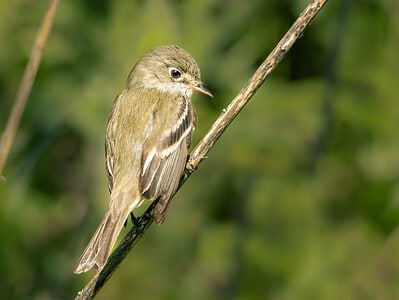
Least Flycatcher
They can travel up to 72 miles in a single day.

Lesser Jacana
The lesser jacana is nomadic, often moving in search of temporary wetland habitats.
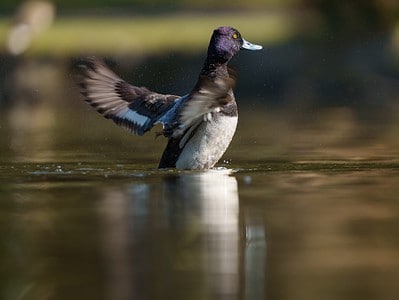
Lesser Scaup
Young lesser scaups learn to dive as soon as their down dries.

Linnet
While linnets are monogamous during mating season, they do not mate for life. While breeding pairs are together, the males are highly territorial and will defend the nesting site and the surrounding area.
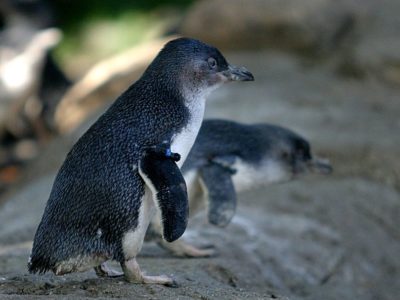
Little Penguin
The smallest species of penguin!

Long-Eared Owl
Ear tufts make it look bigger!
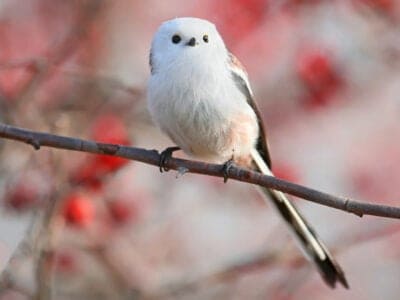
Long-Tailed Tit
Often hangs upside down while feeding!
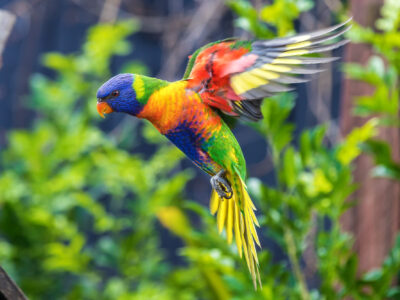
Lorikeet
The lorikeet has a long brush-like tongue with fine hairs on it
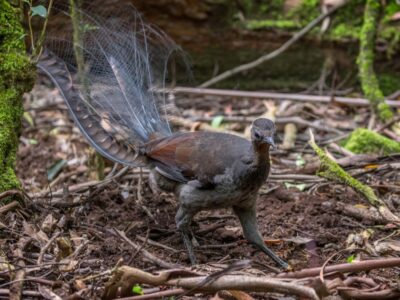
Lyrebird
Lyrebirds mimic birds of prey to deter predators such as birds of prey.

Macaroni Penguin
Gather in colonies of up to 100,000 members!

Macaw
The largest species of parrot in the world!

MacGillivray’s Warbler
The complicated story of how MacGillivray’s Warblers got their name involves three ornithologists, a physician and a compromise.
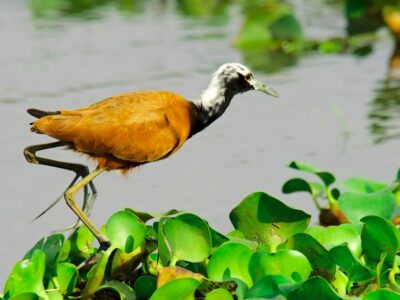
Madagascar Jacana
The Madagascar jacana is endangered due to habitat loss and illegal hunting.

Magellanic Penguin
Threatened by oil spills!
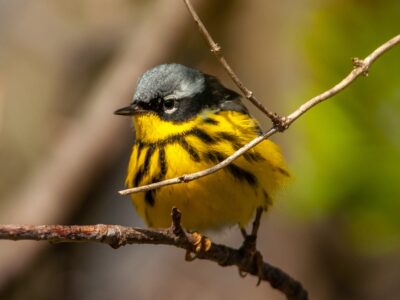
Magnolia Warbler
They line their nests with fungi strands

Magpie
They are found across Europe, Asia and Africa!

Mallard
With an appropriate tail wind, the mallard can travel hundreds of miles a day
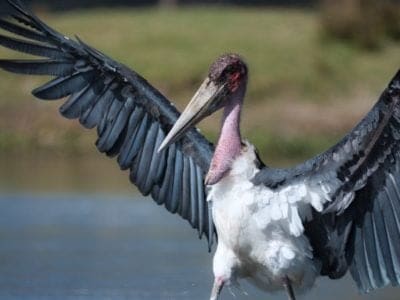
Marabou Stork
The marabou stork does not have a voice box.
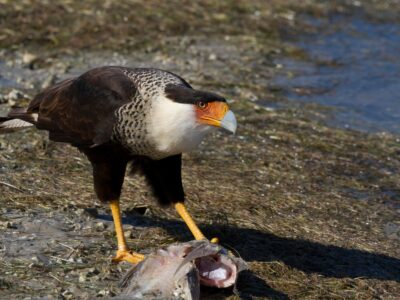
Mexican Eagle (Northern crested caracara)
The northern crested caracara mates for life with its partner
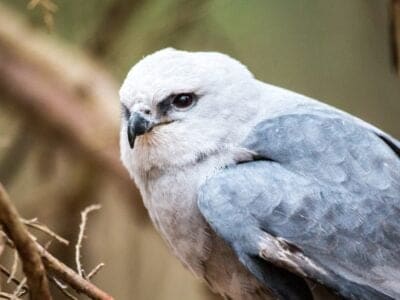
Mississippi Kite
The Mississippi kite tends to form a monogamous pair bond for life

Mockingbird
Mockingbirds are incredible mimics that can learn hundreds of songs!

Mountain Bluebird
Depending on the time of the year, the mountain bird can live as far north as Alaska.
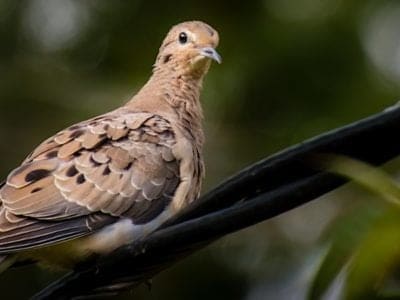
Mourning Dove
It is almost always the male who makes the famous sad sound, which is a wooing call
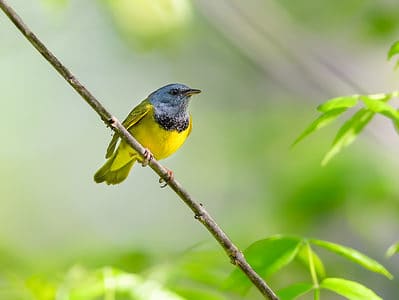
Mourning Warbler
The Mourning Warbler was named for its gray head, which resembles a mourning veil!
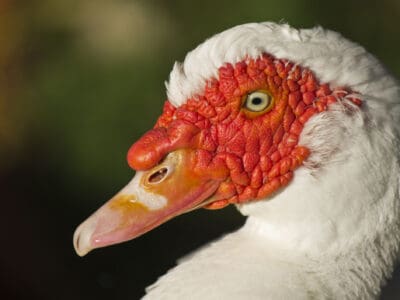
Muscovy Duck
Unlike most duck species, the Muscovy is silent and only makes noise when excited or threatened.
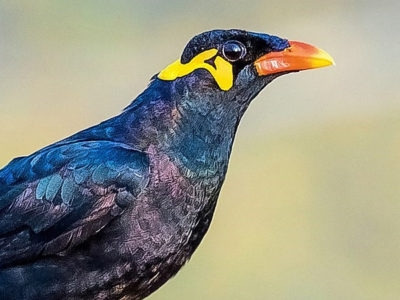
Myna Bird
Many people believe the hill myna bird is better at mimicking humans than a parrot!
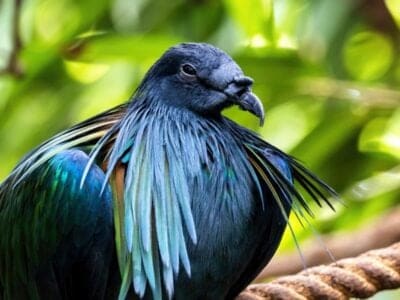
Nicobar pigeon
Unlike other pigeons, Nicobar pigeons don't fly in haphazard flocks but in columns or single file.

Night Heron
When they feel threatened juvenile night herons vomit their stomach contents.

Nightingale
Named more than 1,000 years ago!
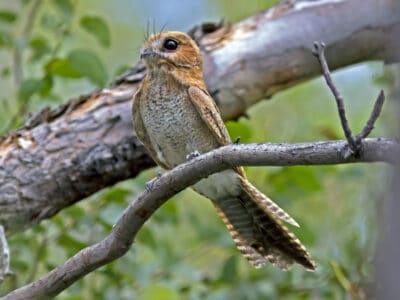
Nightjar
There are 97 nightjar species across 20 genera!

Northern Bobwhite
The northern bobwhite is named for its distinctive whistling call that sounds like ‘bob-white’.

Northern Cardinal
Males are a bright red color, also called "cardinal red"

Northern Flicker
Northern Flickers often make their homes in dead trees.
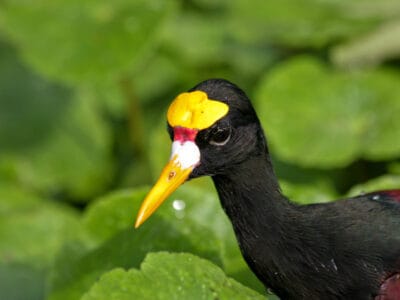
Northern Jacana
The northern jacana is one of two species found in the Americas, from the United States to Panama.

Northern Pintail
Northern pintails migrate at night with speeds reaching 48 miles per hour!

Northern Potoo
You can find them near golf courses in urban areas

Northern Screamer
They are closely related to magpie geese
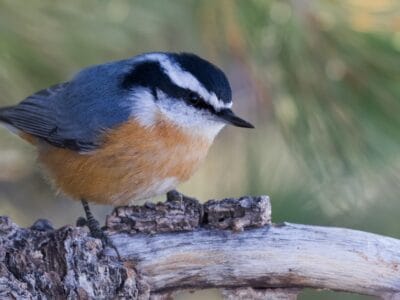
Nuthatch
Nuthatches spend a lot of their time upside down.

Orange-Crowned Warbler
Often mistaken for the Tennessee Warblers, which are equally dull.
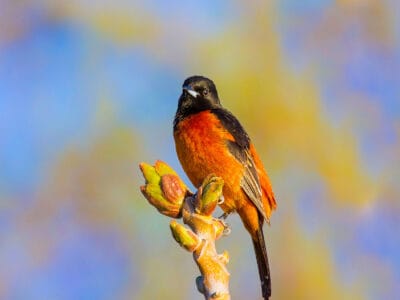
Orchard Oriole
They use rapid wingbeats to hover over foliage as they search for food.

Oriental Dwarf Kingfisher
They are one of the smallest kingfishers!

Ortolan Bunting
The tradition of hiding your face with a napkin or towel while eating this bird was begun by a priest who was a friend of the great French gastronome Jean Anthelme Brillat-Savarin.

Osprey
They reuse nesting sites for 70 years!
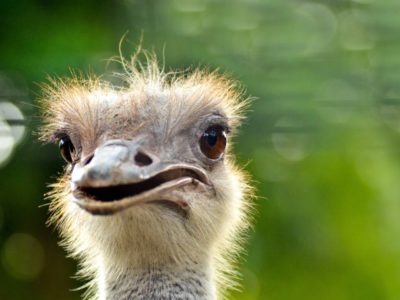
Ostrich
The largest bird in the world!
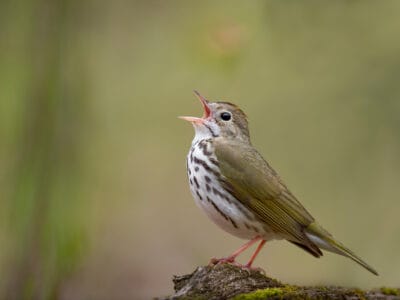
Ovenbird
The ovenbird is named for its unusual nest, which is shaped like an oven!

Owl
The owl can rotate its head some 270 degrees
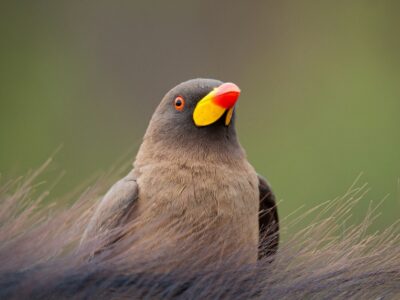
Oxpecker
The oxpecker, known as the rhino’s guard, alerts its host to danger with a loud commotion
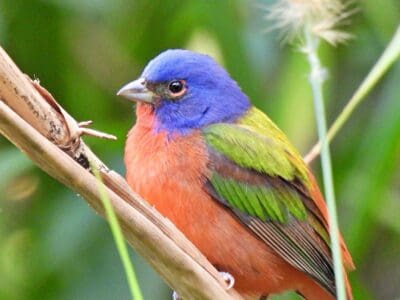
Painted Bunting
They are one of the most colorful species of birds.
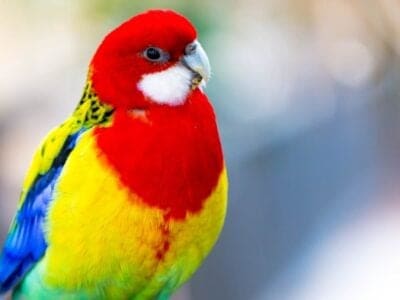
Parakeet
Monk parakeets are the only parakeets that actually build nests. They’re also the only parakeets to nest in great colonies.

Parrot
Can live for up to 100 years!

Parrotlet
Parrotlets aren't the world's tiniest parrot — that would be the pygmy parrot of Australasia.
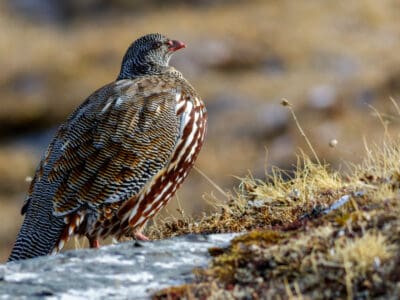
Partridge
Long-lost civilizations have immortalized male partridges in art, depicting them as a symbol of fertility.
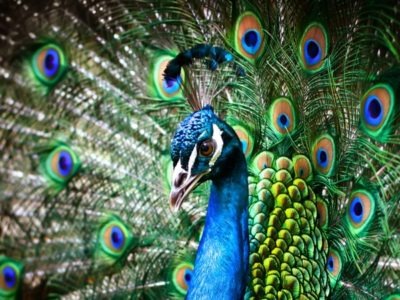
Peacock
Most commonly found on the Indian mainland!

Pelican
Can have a wingspan of up to 3 meters!

Penguin
Spends 75% of it's time hunting for food!

Peregrine Falcon
Fastest animal on Earth
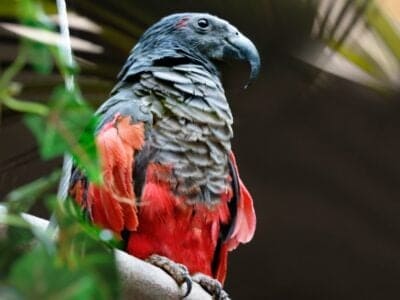
Pesquet’s Parrot (Dracula Parrot)
It’s one of only three parrots with naked faces.

Pheasant-tailed Jacana
The pheasant-tailed jacana is the only species in its family that migrates long distances.
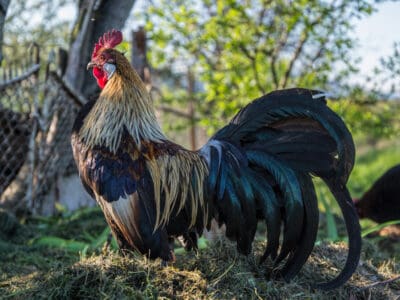
Phoenix Chicken
These small chickens have tails that can be up to five feet long!

Pied-Billed Grebe
Chicks stay on the parents' backs until they learn to swim

Pigeon
They can find their way back to their nests from up to 1300 miles away.

Pileated Woodpecker
Pairs establish territories and remain all year

Pine Siskin
When foraging, pine siskins hang upside down to pick through the leaves and bark, collecting seeds from coniferous trees.
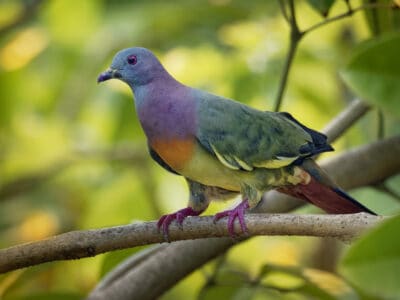
Pink-Necked Green Pigeon
They make whistling and quacking noises
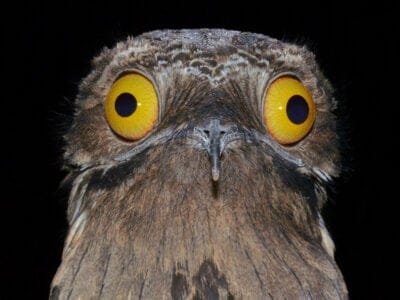
Potoo
The potoo’s eyelids have slits that let them see even when their eyes are closed.
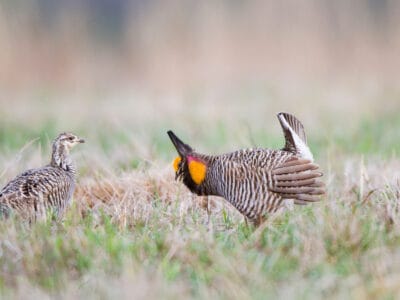
Prairie Chicken
They inflate their orange neck patches during their mating displays
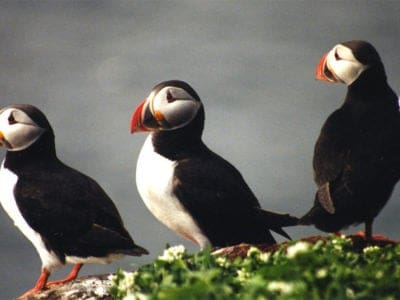
Puffin
Can remain in the water for up to 2 minutes!
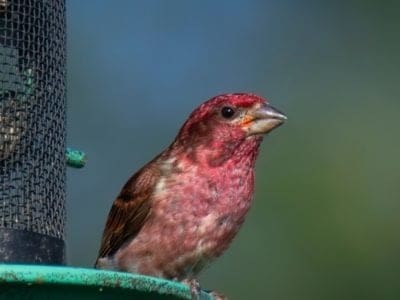
Purple Finch
The intensity of the plumage can change based on what the bird eats
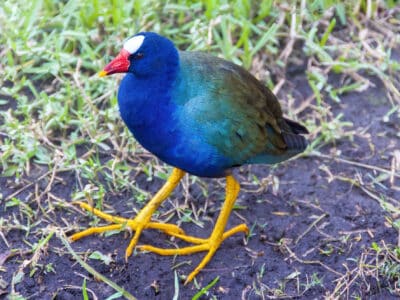
Purple Gallinule
They build their nests on the water, anchoring it to nearby aquatic vegetation.

Quail
Inhabits woodland and forest areas worldwide!
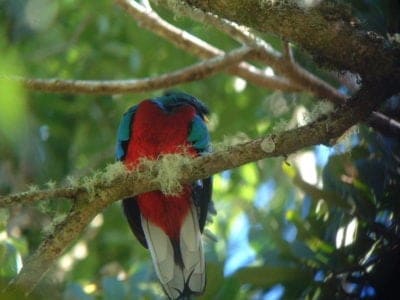
Quetzal
The tail feathers of the male can be 1m long!

Red Finch
Red finches can form flocks of over 100 birds.
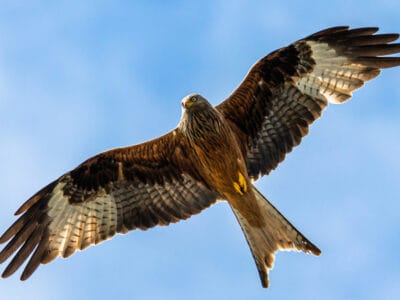
Red Kite
This bird moves its tail to steer its body like a rudder on a boat.

Red-Bellied Woodpecker
Red-Bellied Woodpeckers will often steal the nests of other birds.
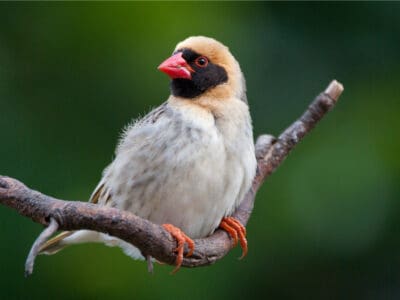
Red-Billed Quelea Bird
Is the most populous bird in the world
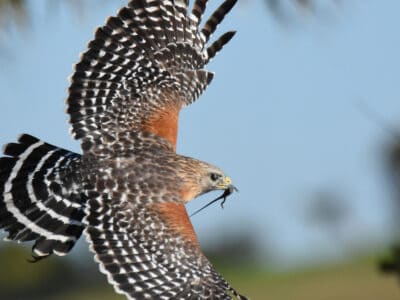
Red-Shouldered Hawk
Red-Shouldered Hawks reuse the same nesting area each year.
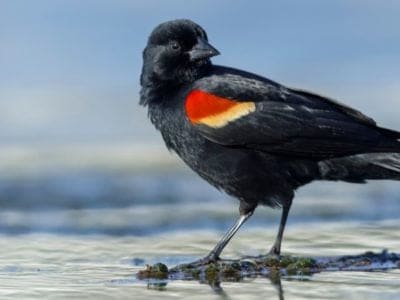
Red-winged blackbird
The male red-winged blackbird can sing to attract mates
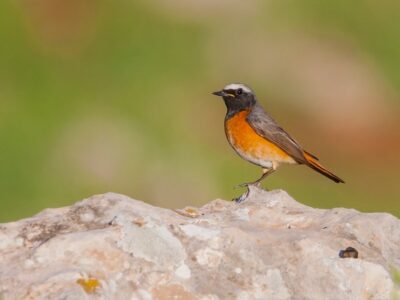
Redstart
They build their nests off the ground in tree holes, cavities, stone walls, and roofs
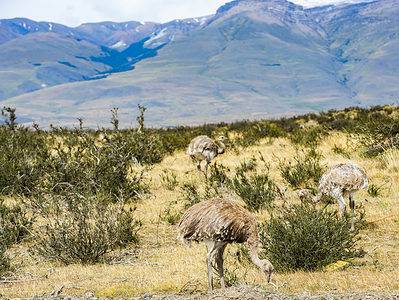
Rhea
Male rheas mate with up to a dozen females and single-handedly raise up to 80 chicks at once!

Ring-billed Gull
The ring-billed gull feeds on vast quantities of human waste and garbage.

Ringed Kingfisher
Dives from perches to capture its prey!

Robin
There are more than 45 species in Australia alone!
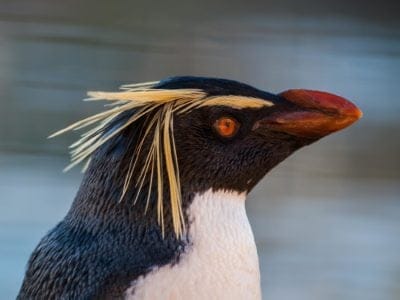
Rockhopper Penguin
There are 3 different species!

Rooster
Will mate with the entire flock!
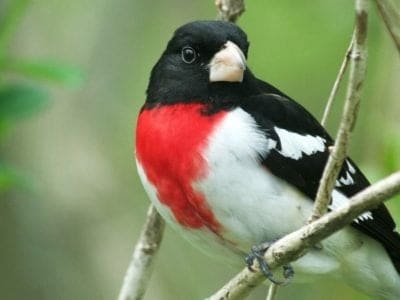
Rose-Breasted Grosbeak
This bird is also called cut-throat because the male looks like his throat has been cut and has bled over his breast.
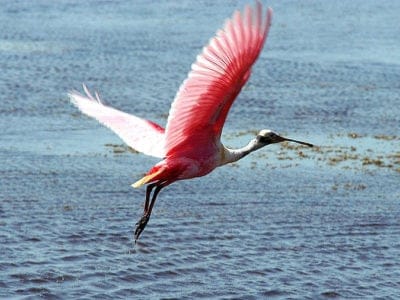
Roseate Spoonbill
The only Spoonbill in the western hemisphere!

Royal Penguin
Can reach speeds of 20mph!
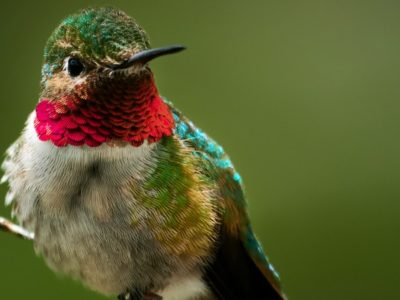
Ruby-Throated Hummingbird
Ruby-throated hummingbirds can beat their wings more than 50 times per second.

Ruddy Duck
Ruddy duck breeding males have bright blue bills!
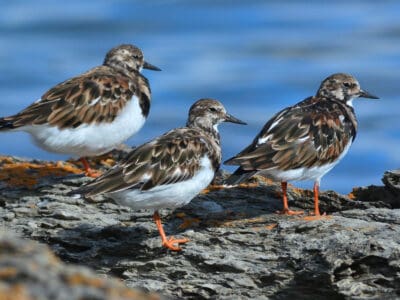
Ruddy Turnstone
They flip over stones to find prey
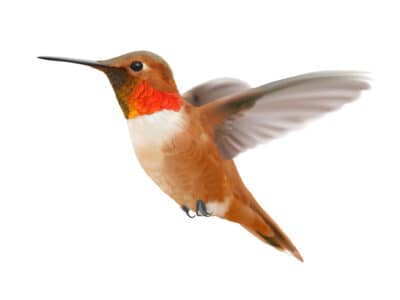
Rufous Hummingbird
The males have a glowing iridescent orange patch on their chests.
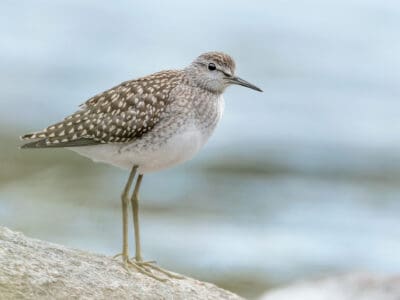
Sandpiper
Some sandpipers can migrate more than 8,000 miles without stopping!
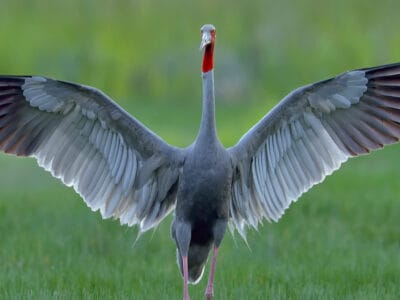
Sarus Crane
Parents use low calls to tell their chicks to freeze and lie still when danger lurks.
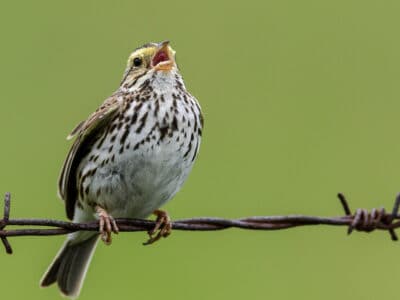
Savannah Sparrow
The Savannah sparrow gets its name because one of the first of this type of bird was found in the city of Savannah, Georgia.
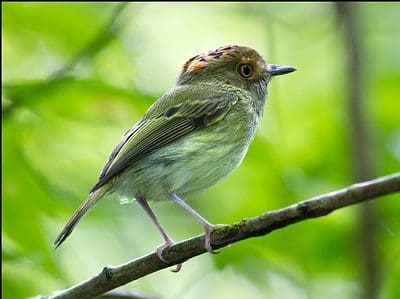
Scale-Crested Pygmy Tyrant
They raise their crests to ward off predators
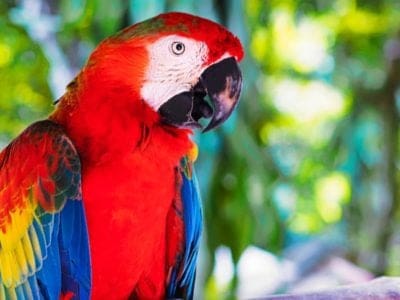
Scarlet Macaw
Like many parrots, the scarlet macaw is capable of vocal mimicry.

Scissor-tailed Flycatcher
Scissor-tailed flycatchers are known for their dramatically long tails!

Sea Eagle
The sea eagle tends to mate for life with a single partner
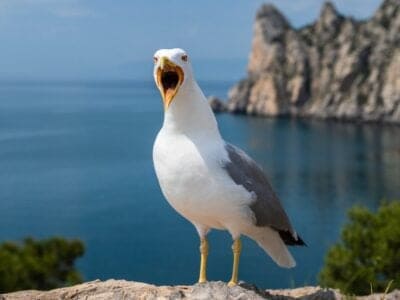
Seagull
Some gulls are capable of using tools
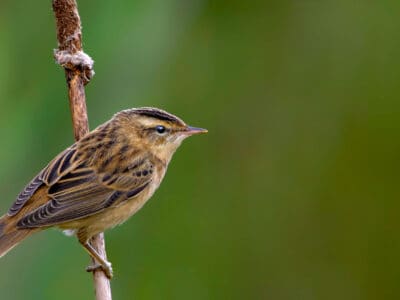
Sedge Warbler
Males never sing the same song twice
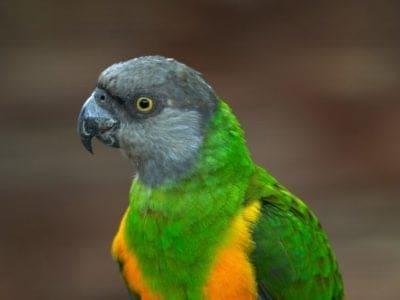
Senegal Parrot
As a pet, the Senegal parrot is capable of "talking" to its owner
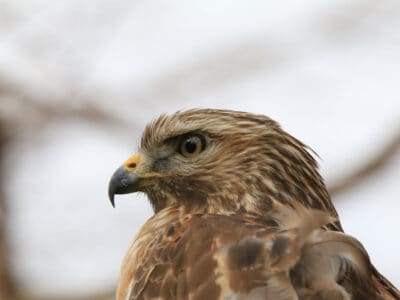
Sharp-Shinned Hawk
In captivity, sharp-shinned hawks can live up to 13 years. However, in the wild, this number is significantly reduced to 3 years!
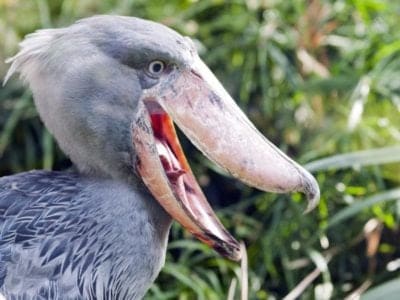
Shoebill Stork
Adults greet each other by clattering their bills together.

Short-Eared Owl
The short-eared owl is one of the most widespread owl species in the world, covering five continents.

Silkie Chicken
Silkie hens are excellent mothers and will raise any bird as their own, even being known to patiently sit on a clutch of duck or geese eggs until they hatch.

Skua
Skuas will chase other birds until they give up their catch
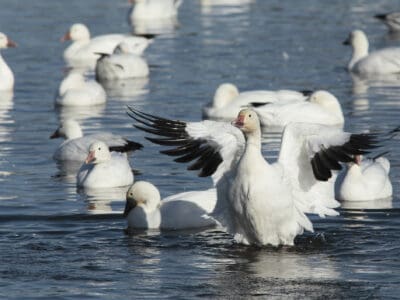
Snow Goose
The snow goose has a dark line along their beaks known as a ‘grinning patch’!

Snowy Owl
One of the largest owl species in the world!

Song Sparrow
Pumps its tail when it flies!
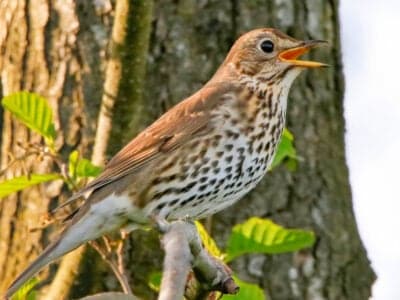
Song Thrush
A male song thrush can have over 100 phrases in his repertoire of songs and can imitate pet birds, telephones and other man-made objects.

Sparrow
There are 140 different species!
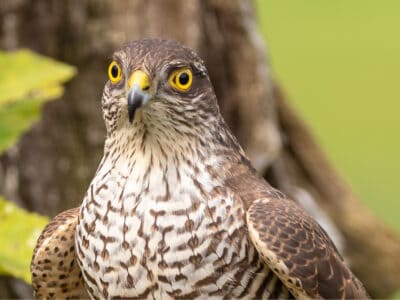
Sparrowhawk
The sparrowhawk is named after the fact that it hunts down and consumes sparrows

Spixs Macaw
One of earth's rarest animals!

Stork
They can’t sing like other birds.
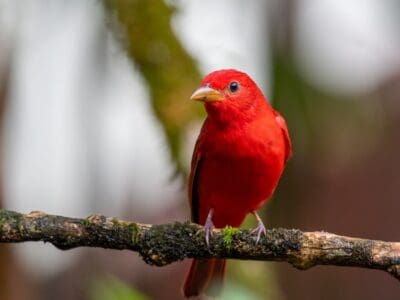
Summer Tanager
They remove bee stingers by rubbing them against a tree
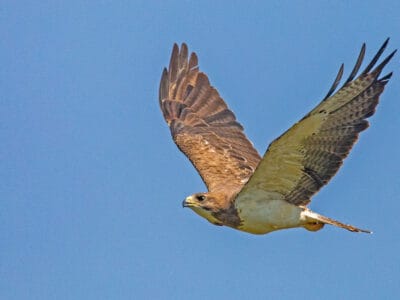
Swainson’s Hawk
Their wings form a “V” shape when flying.
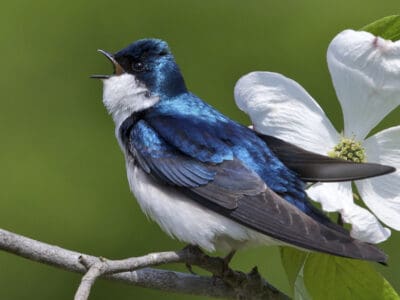
Swallow
swallows have aerodynamic bodies for hunting in flight

Swan
Populations have been affected by pollution!
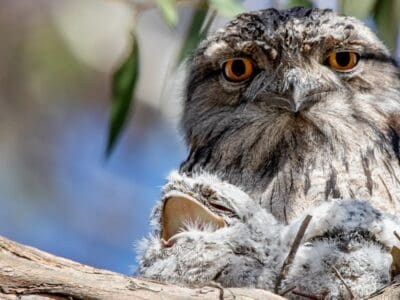
Tawny Frogmouth
The tawny frogmouth is a master of camouflage that can hide in plain sight!
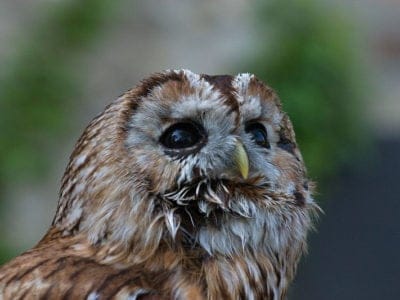
Tawny Owl
The most widespread owl in Europe!

Thrush
The American robin is called the robin because its red breast reminded European settlers of the robin back in the old country.
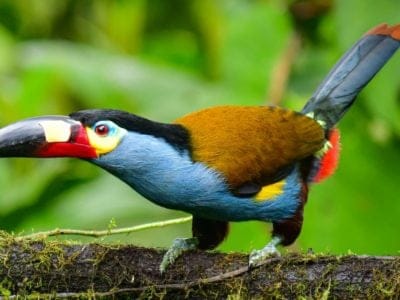
Toucan
There are more than 40 different species!
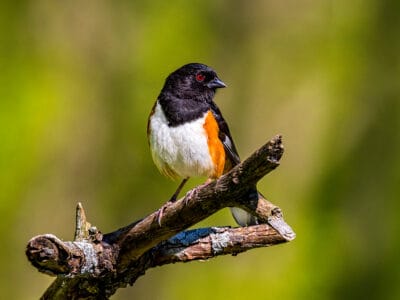
Towhee
Most towhee species are non-migratory. However, some are partial migrators depending on their location.
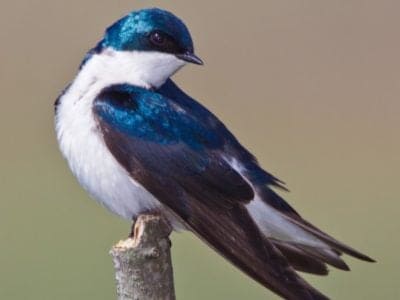
Tree swallow
The tree swallow can make more than a dozen distinct vocalizations

Treecreeper
Their tailfeathers help them maintain their balance on a tree trunk
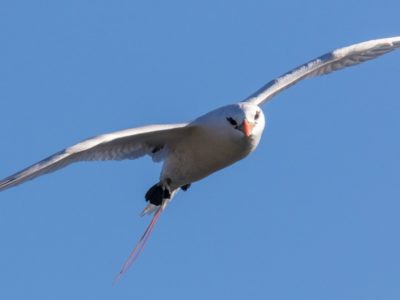
Tropicbird
Nests on tropical islands and cliffs!
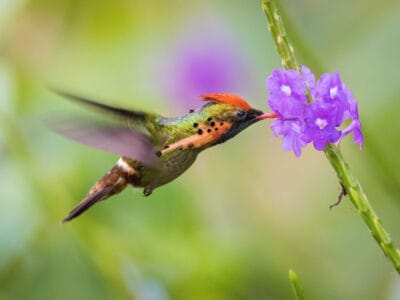
Tufted Coquette
They are tame and easy to approach
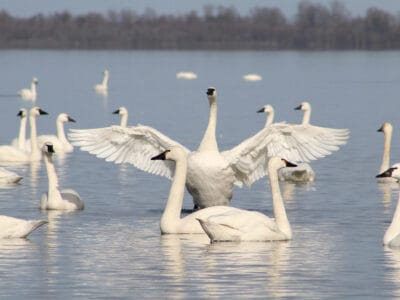
Tundra Swan
“The tundra swan is entirely white except for a yellow marking at the base of their bill!”
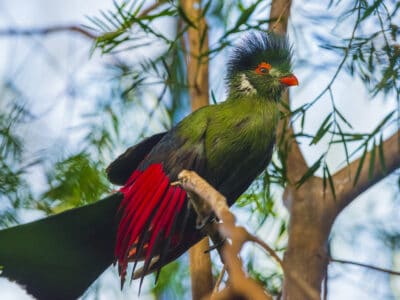
Turaco
Their name means “banana-eater,” but they rarely ever eat bananas.

Uguisu
Their guano is used in face creams!
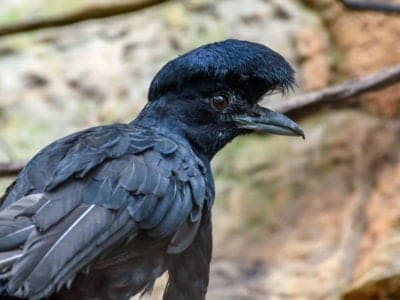
Umbrellabird
Migrates up and down the mountains!

Ural owl
The Ural owl can rotate its head up to 270 degrees
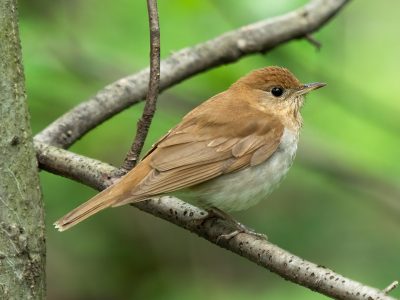
Veery
The veery is named for its sharp "veer" call.
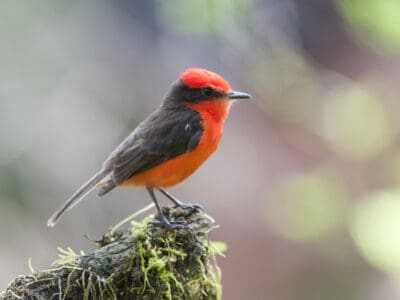
Vermilion Flycatcher
They have a fast song that lasts up to 10 syllables at max.

Vulture
There are 30 different species worldwide!
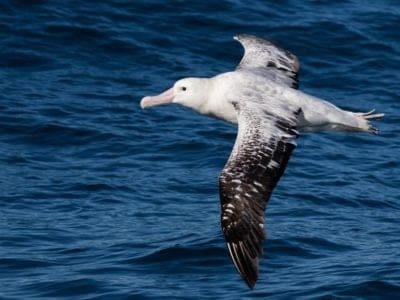
Wandering Albatross
Featured in “The Rime of the Ancient Mariner”
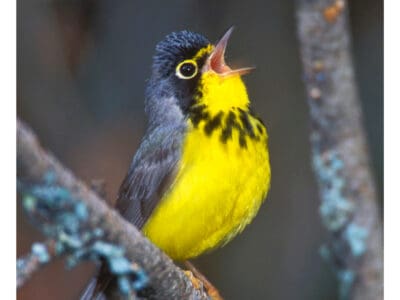
Warbler
Warblers are so called because of the trills of their song.
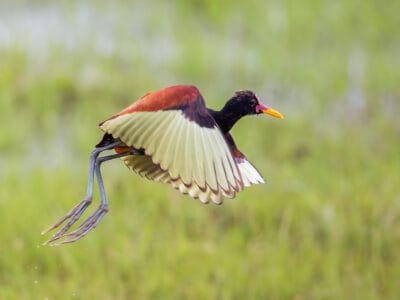
Wattled Jacana
They are typically noisy birds but take on a soft tone with their young.

Weaver Bird
The weaver constructs an elaborate nest for the breeding season

Western Kingbird
Western kingbirds have hidden red crown feathers that they can raise when threatened!
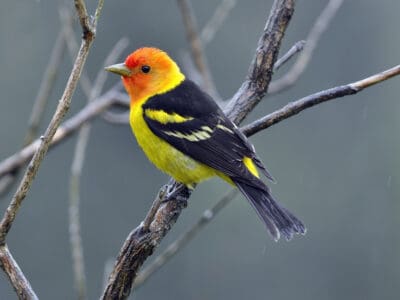
Western Tanager
They migrate farther north than any other tanager.
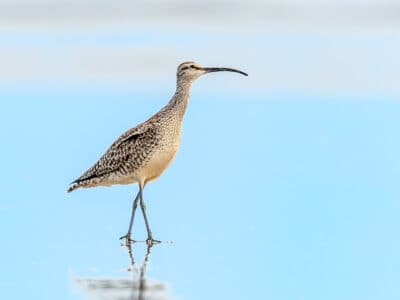
Whimbrel
The fastidious whimbrel sometimes washes off its prey before it eats it.

Whinchat
The whinchat can imitate the songs of at least a dozen other tpes of birds!
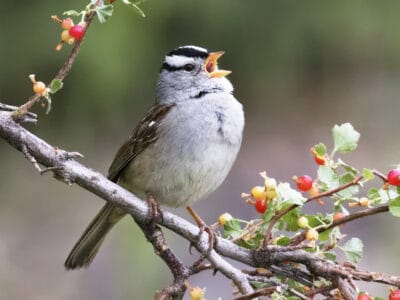
White-Crowned Sparrow
Males learn distinct songs from the community they grew up in and continue to sing in the same dialect as adults.
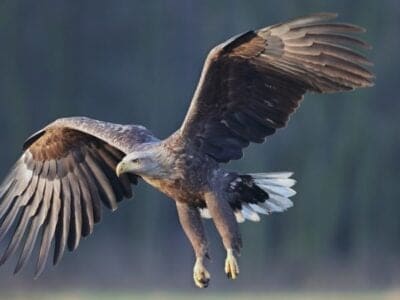
White-Tailed Eagle
It is one of the biggest birds of prey.
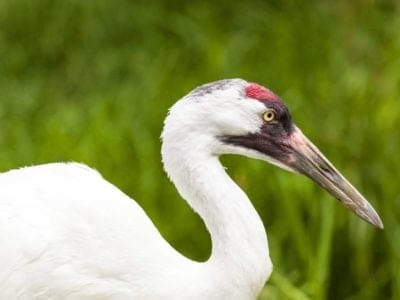
Whooping Crane
This species is named after the loud whooping sound it makes
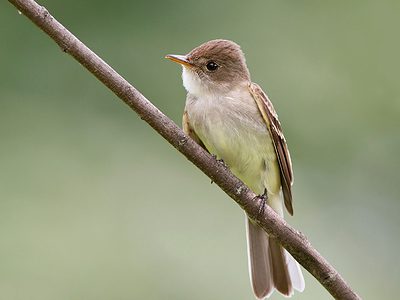
Willow Flycatcher
These birds live in the understory and are named for their propensity for flitting between willows and shrubs.
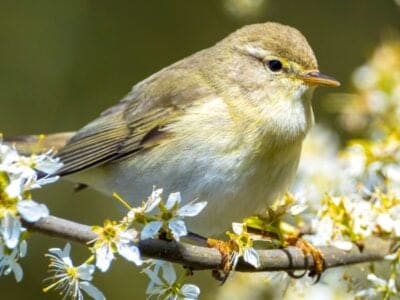
Willow Warbler
This bird molts twice a year.
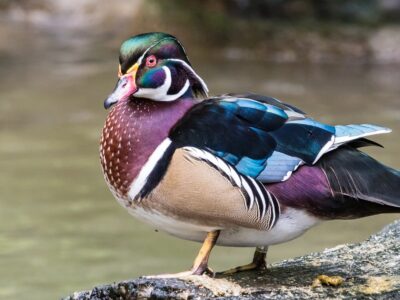
Wood Duck
Adult male wood ducks sport a striking red eye and bill year-round!

Woodpecker
There are 200 different species!

Wryneck
They feign death by making their bodies limp and closing their eyes.
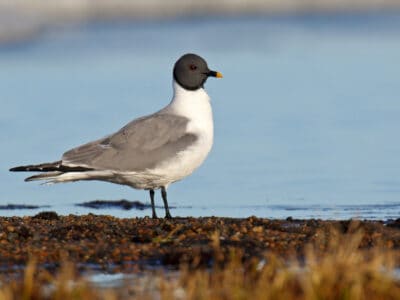
Xeme (Sabine’s Gull)
They follow after seals and whales to eat their scraps.
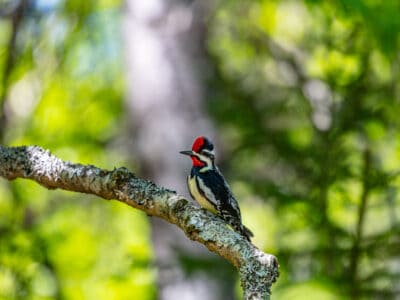
Yellow Bellied Sapsucker
The males are responsible for choosing the nesting tree most of the time. Luckily, cavity nests are often reused for multiple breeding seasons (up to 7 years.)
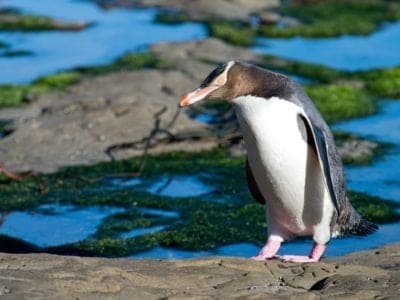
Yellow-Eyed Penguin
The rarest species of penguin!

Yellowhammer
It interbreeds with the pine bunting
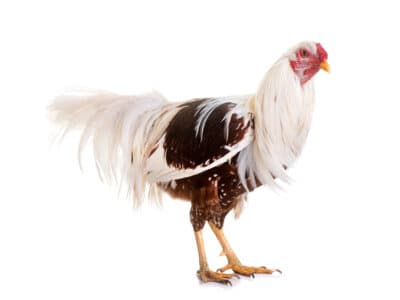
Yokohama Chicken
Yokohama chickens have snow white feathers with tails reaching up to 4 feet in length.
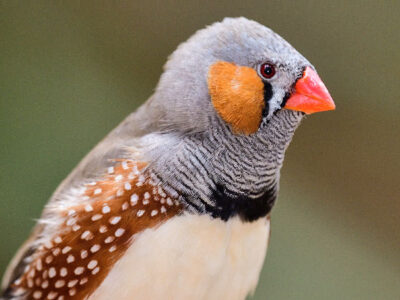
Zebra Finch
The male zebra finch creates a unique song by drawing inspiration from its parent or tutor
List of Birds
- Adélie Penguin
- African Fish Eagle
- African Grey Parrot
- African Jacana
- African Penguin
- Albatross
- Amazon Parrot
- Amazonian Royal Flycatcher
- American Robin
- Anhinga
- Anna’s Hummingbird
- Australian Firehawk
- Avocet
- Ayam Cemani
- Bald Eagle
- Barn Owl
- Barn Swallow
- Barred Owl
- Baya
- Bearded Vulture
- Bee-Eater
- Belgian Canary
- Belted Kingfisher
- Bird
- Bird Of Paradise
- Black and White Warbler
- Black-Bellied Whistling Duck
- Black-Capped Chickadee
- Blackburnian Warbler
- Blackpoll Warbler
- Blue Gray Gnatcatcher
- Blue grosbeak
- Blue Jay
- Blue Tit
- Bobolink
- Booby
- Bronze-winged Jacana
- Brown Headed Cowbird
- Budgerigar
- Burrowing Owl
- Cactus Wren
- Canada Warbler
- Cardinal
- Carolina Parakeet
- Cassowary
- Cedar Waxwing
- Chestnut-Sided Warbler
- Chickadee
- Chicken
- Chinese Geese
- Chinstrap Penguin
- Chipping Sparrow
- Cinereous Vulture
- Clark’s Grebe
- Cockatiel
- Cockatoo
- Comb-crested Jacana
- Common Buzzard
- Common Grackle
- Common Green Magpie
- Common Loon
- Common Raven
- Common Yellowthroat
- Conure
- Cooper’s Hawk
- Cormorant
- Costa’s Hummingbird
- Crane
- Crested Penguin
- Crow
- Cuckoo
- Dark-Eyed Junco
- Dark-Eyed Junco
- Dodo
- Downy Woodpecker
- Dromornis stirtoni
- Duck
- Dunnock
- Eagle
- Eared Grebe
- Eastern Bluebird
- Eastern Kingbird
- Eastern Meadowlark
- Eastern Phoebe
- Eastern Turkey (Wild Turkey)
- Eclectus Parrot
- Egyptian Goose
- Egyptian Vulture
- Eider
- Elegant Tern
- Elephant Bird
- Elf Owl
- Emerald Toucanet
- Emperor Penguin
- Emu
- Eurasian Bullfinch
- Eurasian Collared Dove
- Eurasian Eagle-owl
- Eurasian Jay
- Eurasian Nuthatch
- Eurasian Sparrowhawk
- European Bee-Eater
- European Goldfinch
- European Robin
- European Starling
- Evening Grosbeak
- Fairy-Wren
- Falcon
- Ferruginous Hawk
- Finch
- Flamingo
- Frigatebird
- Galapagos Penguin
- Gentoo Penguin
- Goldcrest
- Golden Masked Owl
- Golden Oriole
- Golden-Crowned Kinglet
- Goose
- Goshawk
- Gouldian Finch
- Gray Catbird
- Great Blue Heron
- Great Crested Flycatcher
- Great Egret
- Great Kiskadee
- Great Potoo Bird
- Grebe
- Green Bee-Eater
- Green Heron
- Grey Heron
- Griffon Vulture
- Grouse
- Guinea Fowl
- Hairy Woodpecker
- Harpy Eagle
- Harris’s Hawk
- Hawaiian Crow
- Hawaiian Goose (Nene)
- Hawk
- Hepatic Tanager (Red Tanager)
- Heron
- Herring Gull
- Honey Buzzard
- Hooded Oriole
- Hoopoe
- Hornbill
- House Finch
- House Sparrow (English Sparrow)
- House wren
- Humboldt Penguin
- Hummingbird
- Hyacinth Macaw
- Ibis
- Ivory-billed woodpecker
- Jabiru
- Jacana
- Jackdaw
- Junglefowl
- Kagu
- Kakapo
- Kaua’i ‘Ō‘ō
- Keel-Billed Toucan
- Kentucky Warbler
- Kestrel
- Killdeer
- King Penguin
- King Quail
- King Vulture
- Kingfisher
- Kiwi
- Kori Bustard
- Lappet-faced Vulture
- Laughing Kookaburra
- Least Flycatcher
- Lesser Jacana
- Lesser Scaup
- Linnet
- Little Penguin
- Long-Eared Owl
- Long-Tailed Tit
- Lorikeet
- Lyrebird
- Macaroni Penguin
- Macaw
- MacGillivray’s Warbler
- Madagascar Jacana
- Magellanic Penguin
- Magnolia Warbler
- Magpie
- Mallard
- Marabou Stork
- Mexican Eagle (Northern crested caracara)
- Mississippi Kite
- Mockingbird
- Mountain Bluebird
- Mourning Dove
- Mourning Warbler
- Muscovy Duck
- Myna Bird
- Nicobar pigeon
- Night Heron
- Nightingale
- Nightjar
- Northern Bobwhite
- Northern Cardinal
- Northern Flicker
- Northern Jacana
- Northern Pintail
- Northern Potoo
- Northern Screamer
- Nuthatch
- Orange-Crowned Warbler
- Orchard Oriole
- Oriental Dwarf Kingfisher
- Ortolan Bunting
- Osprey
- Ostrich
- Ovenbird
- Owl
- Oxpecker
- Painted Bunting
- Parakeet
- Parrot
- Parrotlet
- Partridge
- Peacock
- Pelican
- Penguin
- Peregrine Falcon
- Pesquet’s Parrot (Dracula Parrot)
- Pheasant-tailed Jacana
- Phoenix Chicken
- Pied-Billed Grebe
- Pigeon
- Pileated Woodpecker
- Pine Siskin
- Pink-Necked Green Pigeon
- Potoo
- Prairie Chicken
- Puffin
- Purple Finch
- Purple Gallinule
- Quail
- Quetzal
- Red Finch
- Red Kite
- Red-Bellied Woodpecker
- Red-Billed Quelea Bird
- Red-Shouldered Hawk
- Red-winged blackbird
- Redstart
- Rhea
- Ring-billed Gull
- Ringed Kingfisher
- Robin
- Rockhopper Penguin
- Rooster
- Rose-Breasted Grosbeak
- Roseate Spoonbill
- Royal Penguin
- Ruby-Crowned Kinglet
- Ruby-Throated Hummingbird
- Ruddy Duck
- Ruddy Turnstone
- Rufous Hummingbird
- Sandhill Crane
- Sandpiper
- Sarus Crane
- Savannah Sparrow
- Scale-Crested Pygmy Tyrant
- Scarlet Macaw
- Scissor-tailed Flycatcher
- Sea Eagle
- Seagull
- Sedge Warbler
- Senegal Parrot
- Sharp-Shinned Hawk
- Shoebill Stork
- Short-Eared Owl
- Silkie Chicken
- Skua
- Snow Bunting
- Snow Goose
- Snowy Owl
- Song Sparrow
- Song Thrush
- Sparrow
- Sparrowhawk
- Spixs Macaw
- Stork
- Summer Tanager
- Swainson’s Hawk
- Swallow
- Swan
- Tawny Frogmouth
- Tawny Owl
- Thrush
- Toucan
- Towhee
- Tree swallow
- Treecreeper
- Tropicbird
- Tufted Coquette
- Tufted Titmouse
- Tundra Swan
- Turaco
- Turkey
- Turkey Vulture
- Uguisu
- Umbrellabird
- Ural owl
- Veery
- Vermilion Flycatcher
- Vulture
- Wandering Albatross
- Warbler
- Wattled Jacana
- Weaver Bird
- Western Kingbird
- Western Tanager
- Whimbrel
- Whinchat
- White-Crowned Sparrow
- White-Tailed Eagle
- Whooping Crane
- Willow Flycatcher
- Willow Warbler
- Wood Duck
- Woodpecker
- Wryneck
- Xeme (Sabine’s Gull)
- Yellow Bellied Sapsucker
- Yellow-Eyed Penguin
- Yellowhammer
- Yokohama Chicken
- Zebra Finch
More Great Birds Content
- How Many Birds Are In The World?
- Bird Mating Season: When Do They Breed?
- The Top 9 Largest Flying Birds in the World By Wingspan
- Top 9 Largest Eagles in the World
- What Do Ducklings Eat? 13 Foods for Baby Ducks
- The Top 10 Fastest Birds in the World
- What Do Crows Eat? 15-Plus Foods They Love!
- 7 Deadliest Birds On Earth
- Think you know Birds? Take our brand new Birds Quiz.
Birds: Different Types, Definition, Photos, and More FAQs (Frequently Asked Questions)
What are the four types of birds?
There are far more than only four types, or categories, of birds in the world. If “type” refers to “species,” then the figure is closer to around 10,400. Birds can be classified into different categories in a number of ways, including flightless birds versus birds that are capable of flight and birds that live mostly on land or near water.
How are birds identified?
Birdwatching, a popular pastime, involves identifying birds in the wild. Four things are looked to when identifying birds: their size and shape, their behavior, their habitat and their color patterns. By learning the basics of each of these categories, birdwatchers can identify birds in the wild more quickly – an important aspect of the sport.
Why do birds bathe?
Bathing is a vital part of feather maintenance. Water helps to loosen up dirt and other debris that has worked its way into the feathers. Once freed of dirt, the feathers are easier to preen. During preening, birds rearrange their feathers and dispense oil from the preen gland, ensuring that their feathers remain waterproof. This also traps an insulating layer of air beneath, helping to keep the bird warm.
Which birds cannot fly?
Some of the best-known examples of flightless birds include penguins, ostriches, emus, cassowaries and kiwis.
Thank you for reading! Have some feedback for us? Contact the AZ Animals editorial team.



